
Redefining City Planning with Patrick Geddes Transformative Methods
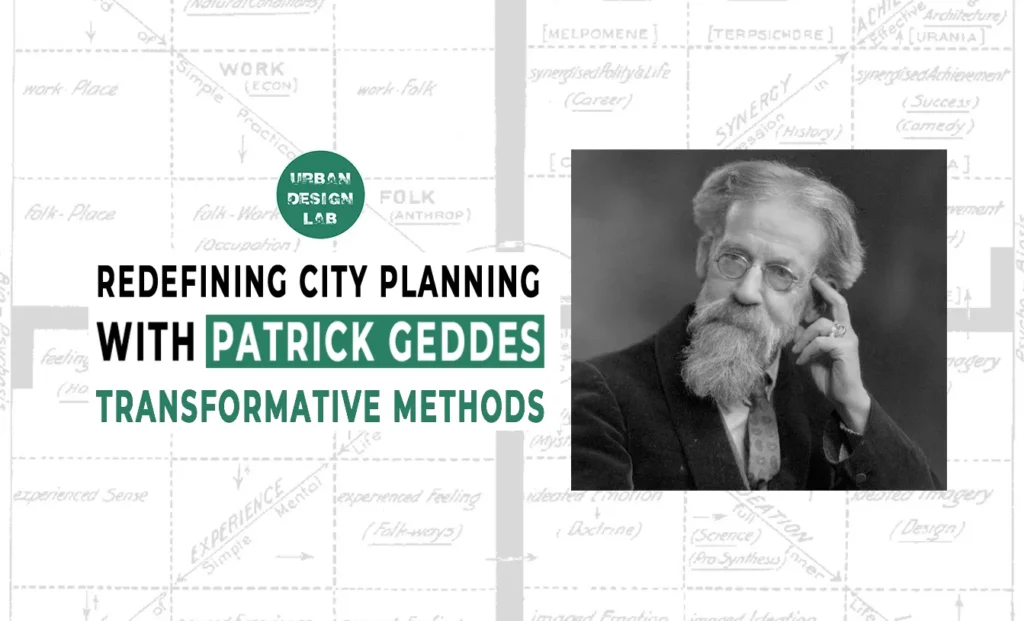
Patrick Geddes: Pioneering Urban Planner and Ecologist
Sir Patrick Geddes, an influential Scottish biologists and urban planners during his lifetime, is known as the “Father of Modern Town Planning.” His work gave an innovative approach to the concept of cities, while making its dwellers and environment come in relation with each other. He believed in organic city design, he demonstrated the need for a sustainable approach by integrating socio-economic factors.
He introduced the “Geddesian Triad,” which integrates “Place, Work, and Folk.” This concept underscores the unified richness of geography, economics, and sociology in life in a particular city. But it was on the theme of community involvement, public education, civic betterment: as demonstrated by his Outlook Tower.
In his book, Cities in Evolution, Geddes suggested that cities must keep themselves abreast of progress made in the society, economy, and the environment. He believed that the design of a city should involve holistic thinking rather than piecemeal or ad hoc planning, long before green spaces and sustainable design become trendy.
His ideas inspire architects, planners, and ecologists striving for harmonious relations between people and cities with nature.
Patrick Geddes: The Inventor of Modern Urban Planning
Sir Patrick Geddes (October 2, 1854 – April 17, 1932) stands as a seminal figure whose innovative thinking reshaped the realms of urban planning and education. Revered as the father of modern town planning, Geddes introduced groundbreaking ideas that reconceptualized cities as living, evolving entities influenced as much by their inhabitants as by their natural surroundings. His seminal work, Cities in Evolution, articulated a philosophy that championed organic urban growth, insisting on the importance of comprehensive socio-economic surveys to understand the intricate interplay between people and place.
Geddes’ pioneering contributions extended beyond mere urban design; he redefined the very framework of planning through his introduction of the concept of “Region” and the term “Conurbation,” acknowledging the interconnectedness of urban areas within larger landscapes. His visionary approach gave rise to “The New Humanism,” a comprehensive philosophy aiming to harmonize human existence with the environment. This integrative perspective not only linked social theories to practical planning but also catalyzed transformative developments, exemplified by his influential work in the conceptualization of cities such as Tel Aviv, Israel.

The Geddesian Triad: Integrating 'Place, Work, and Folk' for Sustainable Urban Development
Main Concept – “Place, Work and Folk”
Inspired by French sociologist Frédéric Le Playʼs triad of Lieu, Travail, Famille—which Geddes translated to “Work, Place, Folk”—this concept encompasses the realms of economics, geography, and sociology.
Geddes was deeply concerned with the intricate relationships between people and cities, and how each influences the other. He emphasized that individuals require more than just shelter; they also need food, work, recreation, and a rich social life. Consequently, the home becomes an integral part of a larger continuum that includes the neighborhood, the city, and the surrounding countryside and region.
Trio Representation
In Geddes’ framework, “Folk, Place, and Work” represents the interconnected elements of organism, function, and environment. The environment influences the organism through functional interactions—where geographic and climatic processes shape human lives—while, conversely, human activity (through economic processes such as farming and construction) transforms the environment. Thus, people and places are dynamically linked and constantly evolving through the element of work. (Shivalkar, 2013)
In essence, Patrick Geddes developed this theory—often referred to as the Geddesian Triad—as a holistic approach aimed at the betterment of both cities and their inhabitants.

Source: Website Link
The Civic Approach: Re-attaching Sociology to Urbanism
Cities were defined as ecological phenomena in which nature and society correlate. He introduced “civics” in planning, incorporating the sociological elements and enhancing the quality of life in general.
He believed – “ OUR GREATEST NEED TODAY IS TO CONCIEVE LIFE AS A WHOLE”.
Example – Outlook Tower
- Acquisition: In 1892, Patrick Geddes took over Edinburgh’s Short’s Observatory, renaming it the Outlook Tower.
- Camera Obscura: Featured a camera obscura that projected live images of Edinburgh for urban study and public viewing.
- Top Level: Offered panoramic views, functioning as an open-air gallery for artists, children, and visitors.
- Science and Learning Floors: Each floor focused on different sciences like geography, botany, and anthropology, promoting public education in various fields.
- Ground Floor: Displayed city maps, survey data, and exhibits on global cultures, emphasizing the connection between urban spaces and civic life.
- Legacy: The Outlook Tower became a pioneering space for urban and civic education, aligning with Geddes’ vision of integrating public engagement with urban planning.
Citizen Participation: Geddes also advocated citizen involvement in planning. He advanced ideas that eventually led to modern participatory approaches to planning and top-down approaches characteristic of his time.

Geddes' Valley Section Principles: Understanding the Interconnectedness of Region and City
The Valley Section Principles
Geddes first published the the valley section in 1909 to illustrate his idea of the “region-city”. He believe that “it takes a whole region to make a city”.
It is a very complex model. Geographical features, the contour and relief are associated with the primitive occupation of man.
Accordingly, the miner, The woodman and hunter on the heights, the shephered on the grassy slopes, the poor peasant on the lower slopes, and the rich peasant on the plain and finally the fisherman at sea coast.
Other theories/Philosophy
- “Survey Before Plan” Principle i.e., Diagnose before treatment: Geddes sought an appreciation of all the dynamics in a place – social, economic, and environmental, before making decisions in design.
- Importance of Social Spaces: Community spaces like public squares, education institution, and cultural centers which could instill civic responsibility.
- Constellation theory – “4 or more cities, which are not economically, politically, socially equal come together in developing a whole nation”. Used for the administrative purpose.
- Conurbation is a region comprising a number of cities, large towns, and other urban areas that, through population growth and physical expansion, have merged to form one continuous urban and industrially developed area.

Ecology and Urbanism: A Symbiotic Relationship in Geddes' Vision
Patrick Geddes was one of the first urban planners who openly aimed for ecological principles in his designs for cities. For him, cities were in no way divorced from nature but were rather adjacent to it. Geddes urged the urban planners to take account of the effects of their designs on the local ecosystems.
- Early advocate for balancing urban growth with ecological preservation.
- Proposed integrating green spaces into urban designs.
- Viewed cities as ecosystems, interacting with nature.
- Pioneered the idea of sustainable urban design.
“Geddes is considered an influential figure of green spaces, such as parks and natural reserves in the urban context, but at the same time, he believed in community gardens as essential elements for healthy and well-adjusted individuals who dwell in cities.”
Geddes argued that, if such close contact with nature were promoted among residents in urban areas, for instance by gardening or merely sitting in a park, cities might better promote a sense of human relationship to the built environment, which they could help sustain at the local level.
Concepts as green infrastructure, urban farms, and sustainable water management systems are at the heart of urban planning as per Geddes inspired all.
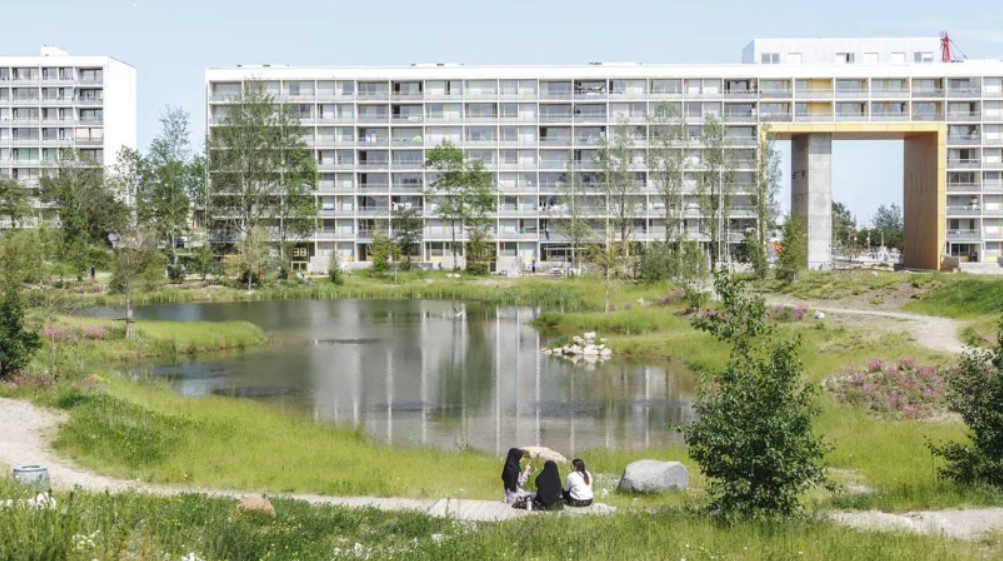
Cities in Evolution: Patrick Geddes' Blueprint for Urban Growth
Cities in Evolution, published by Geddes in 1915, is considered one of the most fundamental writings on the subject of planning for the city. Still today, it serves as a source for researching the emergence of modern cities.
According to Geddes’s theory in Cities in Evolution, cities, like living organisms, grow and adapt according to change in social, economic, and ecological conditions.
He criticized the gullible urbanization of the industrial age, which he felt was ecologically and socially unsound. He instead suggested a more thoughtful, long-term strategy of city design and planning: one that really respected a city’s history, evaluated its present, and conceptualised a sustainable future. His method, called “conservative surgery,” insisted on conserving old structures and reforming them rather than tearing them down to make room for new structures.
Also, he was the first using term “region-city,” a concept considered more expansive than looking strictly at the individual city in which it could place them. This regional view was revolutionary in being based on the understanding that cities are part of larger ecosystems and economies, and that their development needs to be handled in a manner that will add up to the sustainability of the whole region.

Conclusion
The Legacy of Patrick Geddes on Sustainability and Urban Design that Continues to Endure
Influence of Patrick Geddes on modern urbanism and sustainability is immense and lasting. Much-needed insights into current global population growth, resource depletion, and changing climate conditions may be found in the holistic, ecologically planned approach of Geddes.
His advocacy for green spaces, sustainable resource management, and social and environmental dimensions in urban design touch on numerous fields-from architecture to landscape design, science, and civic policy. It brings forth such concepts as “sustainable cities,” “smart growth,” “resilient urbanism,” among others. Today, as there is the quest of a city to be resilient for an environmental challenge, Geddes’ ideas are more valid than ever.
- He was a precursor to what we might today call “sustainability” (meets the present needs without compromising the ability of future generations to fulfill their own needs).
- His work provided a foundation for what is now termed the “green cities” movement in livable, environmentally responsible urban environments.
Patrick Geddes has inspired city planners, architects, and ecologists with the visionary ideas he held for the relation of people, city, and nature.
References
- Anannya, T. (2014) ‘Contribution of Patrick Geddes’, (May).
- Pattacini, L. (2021) ‘Urban design and rivers: A critical review of theories devising planning and design concepts to define riverside urbanity’, Sustainability (Switzerland), 13(13). Available at: https://doi.org/10.3390/su13137039.
- Young, R.F. (2017) ‘“Free cities and regions”—Patrick Geddes’s theory of planning’, Landscape and Urban Planning, 166(December), pp. 27–36. Available at: https://doi.org/10.1016/j.landurbplan.2017.03.007.
- “Cities in Evolution – Patrick Geddes”. Evolutionary Urbanism.
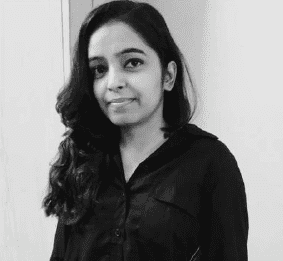
Meena Saini
About the author
Meena is a dedicated architect and urban planner celebrated for her innovative and sustainable design approach. A young professional, she combines technical expertise with imagination and inquisitiveness. Known for her transparency and adaptability, Meena offers creative, unconventional solutions to urban challenges. Her modesty belies a fast learner committed to excellence. Focused on enhancing urban environments through thoughtful, sustainable design, Meena is dedicated to making a significant impact in her field.
Related articles

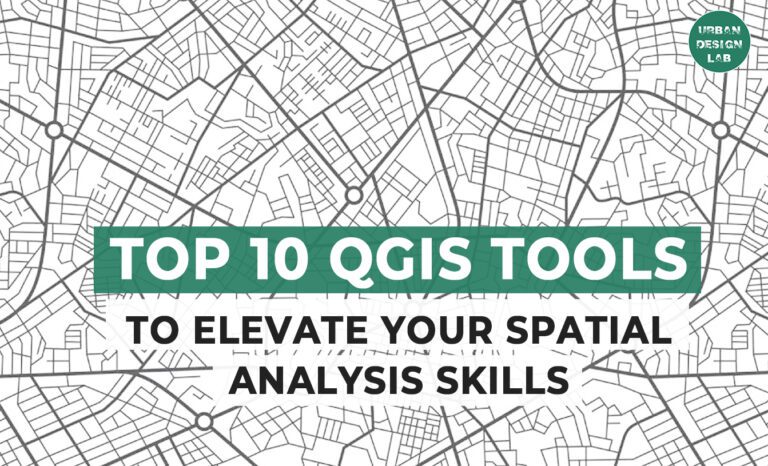
Top 10 QGIS Tools to Elevate Your Spatial Analysis Skills
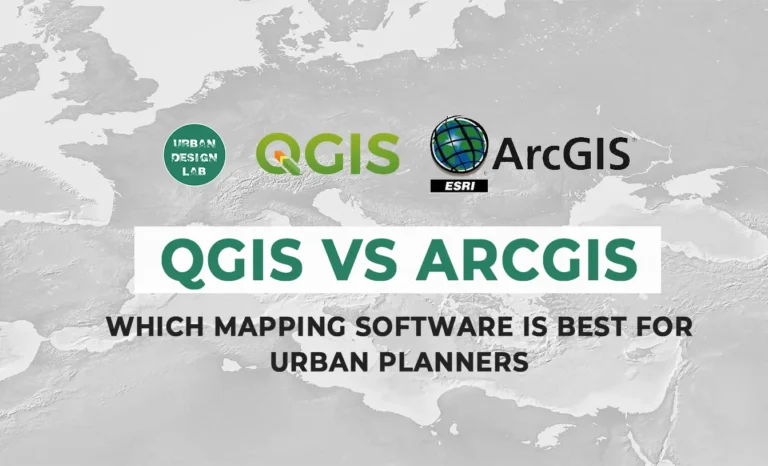

Daniel Burnham – Legacy of the 1909 Chicago City Plan
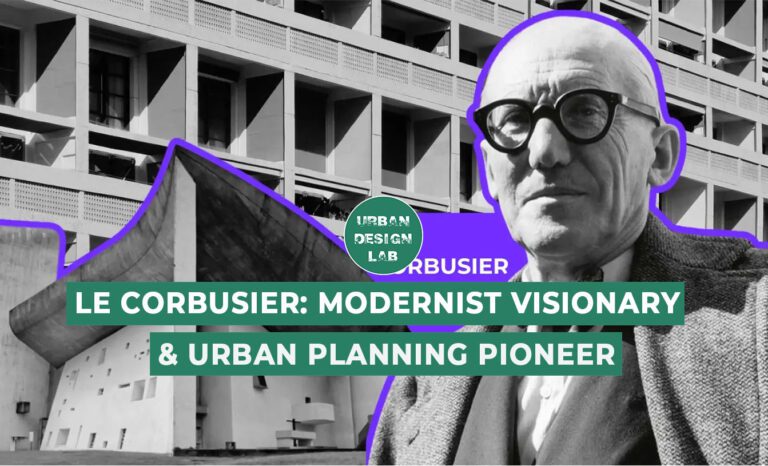
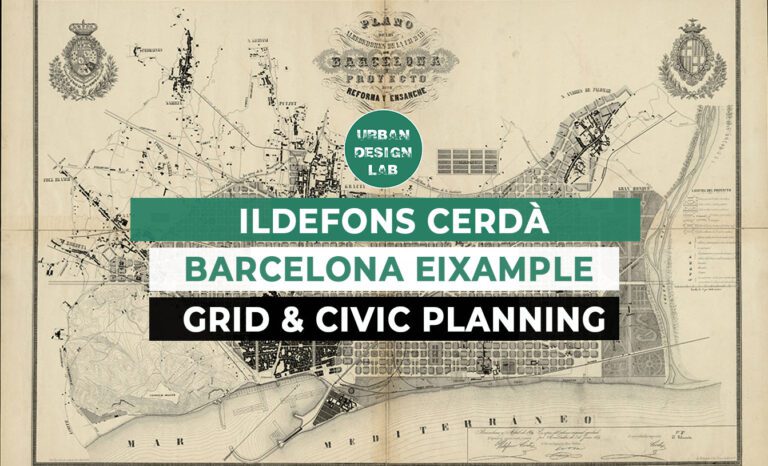
UDL Illustrator
Masterclass
Visualizing Urban and Architecture Diagrams
Session Dates
23rd-24th August 2025
Curating the best graduate thesis project globally!
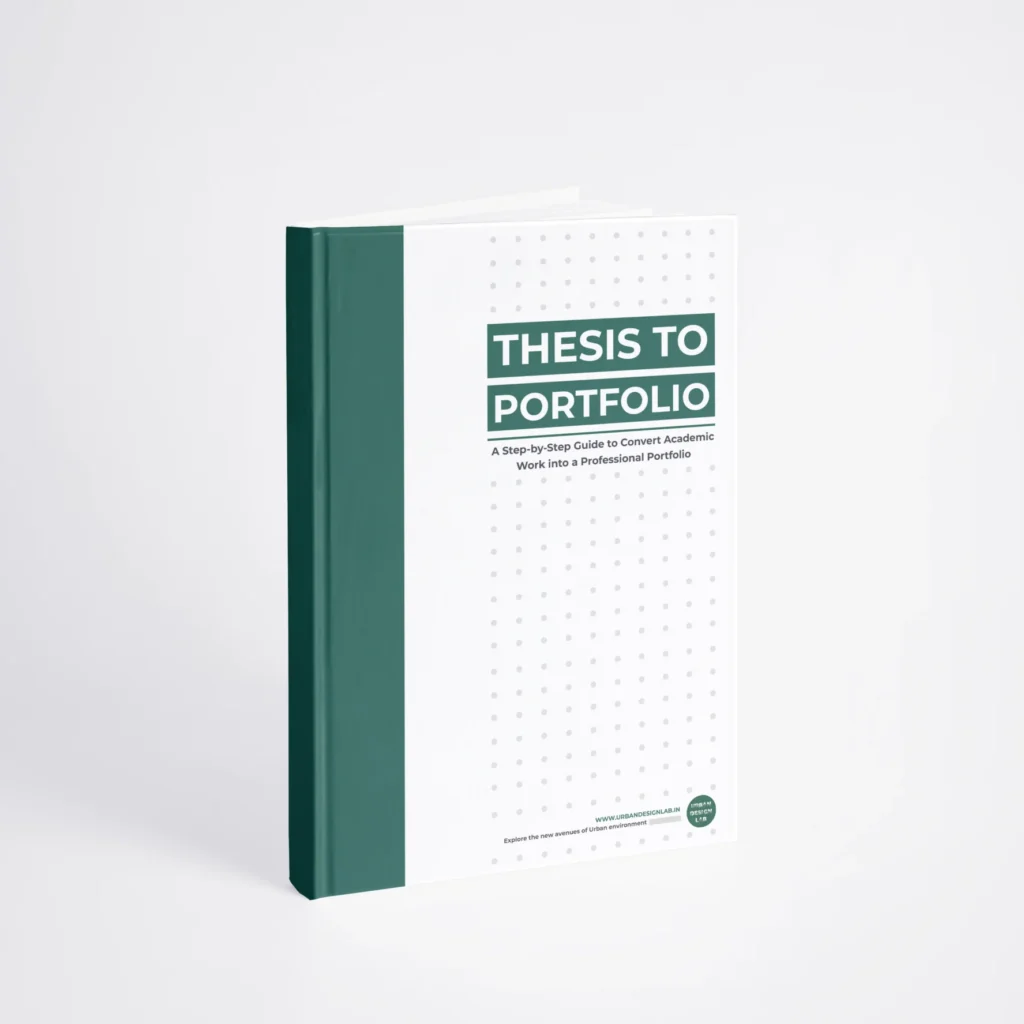
Free E-Book
From thesis to Portfolio
A Guide to Convert Academic Work into a Professional Portfolio”
Recent Posts
- Article Posted:
- Article Posted:
- Article Posted:
- Article Posted:
- Article Posted:
- Article Posted:
- Article Posted:
- Article Posted:
- Article Posted:
- Article Posted:
Sign up for our Newsletter
“Let’s explore the new avenues of Urban environment together “
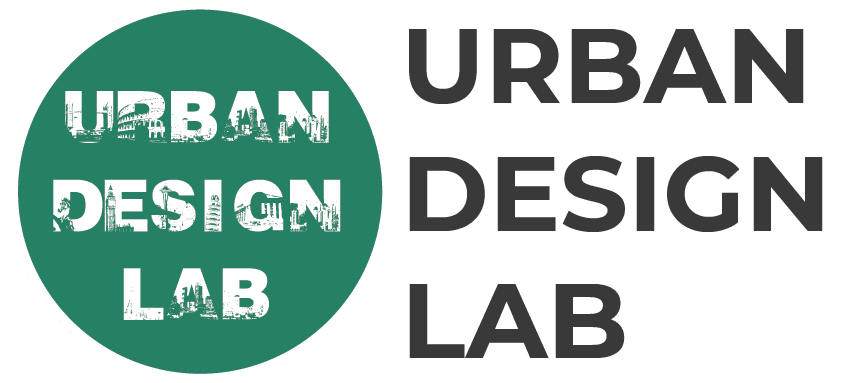

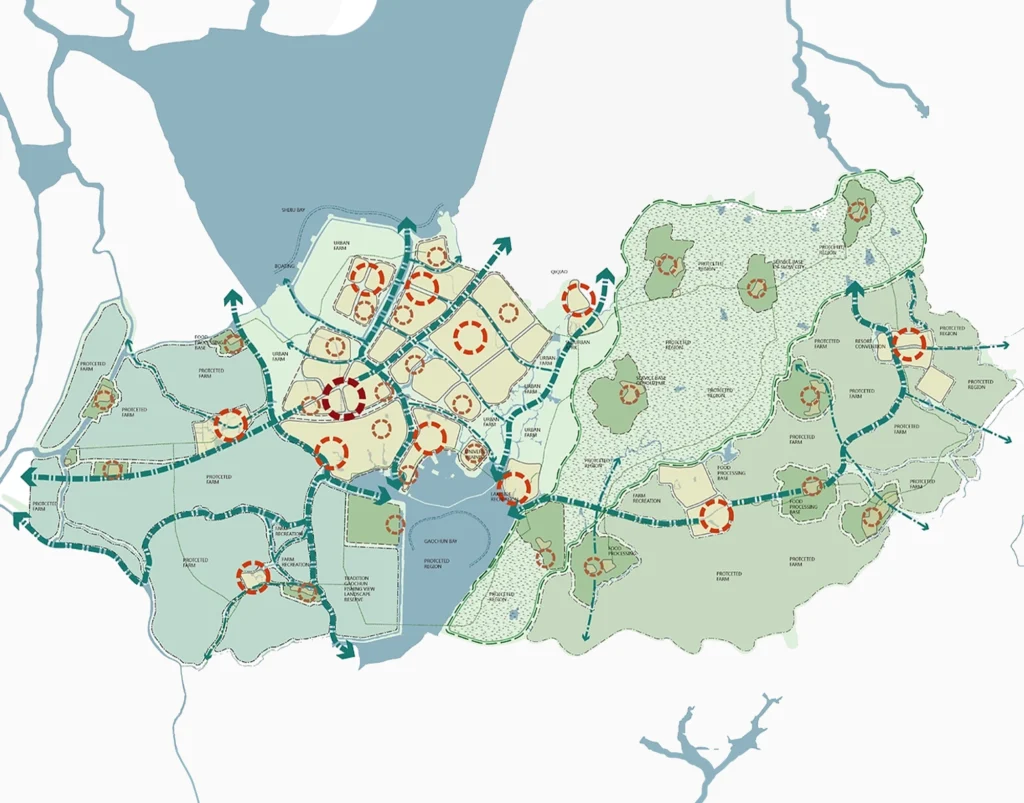

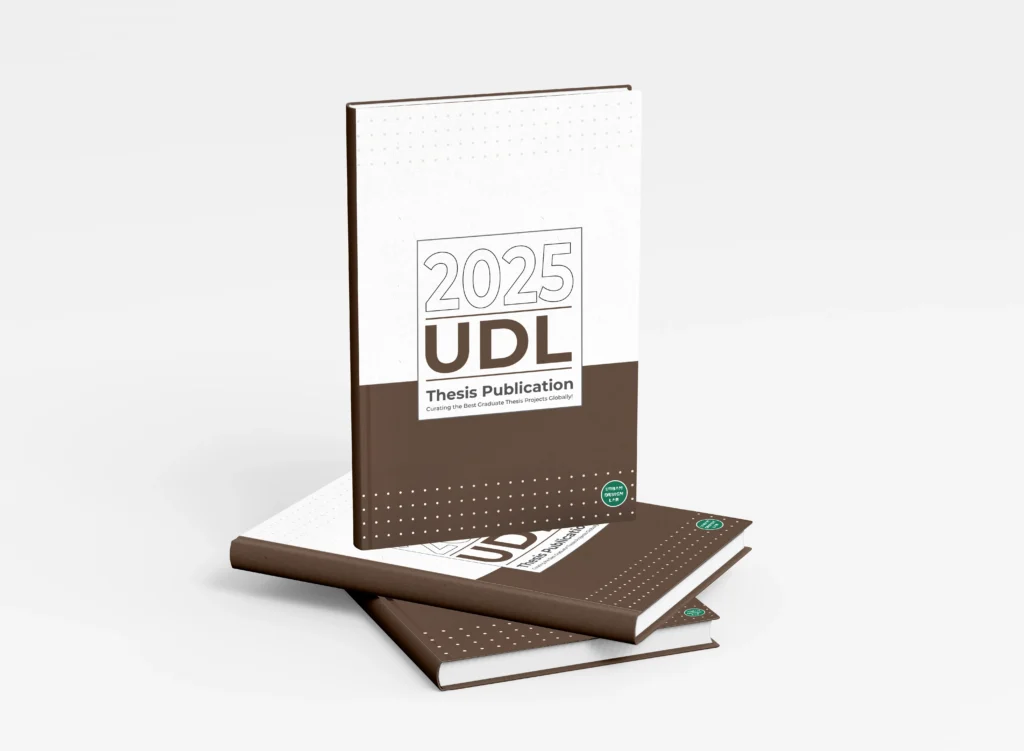
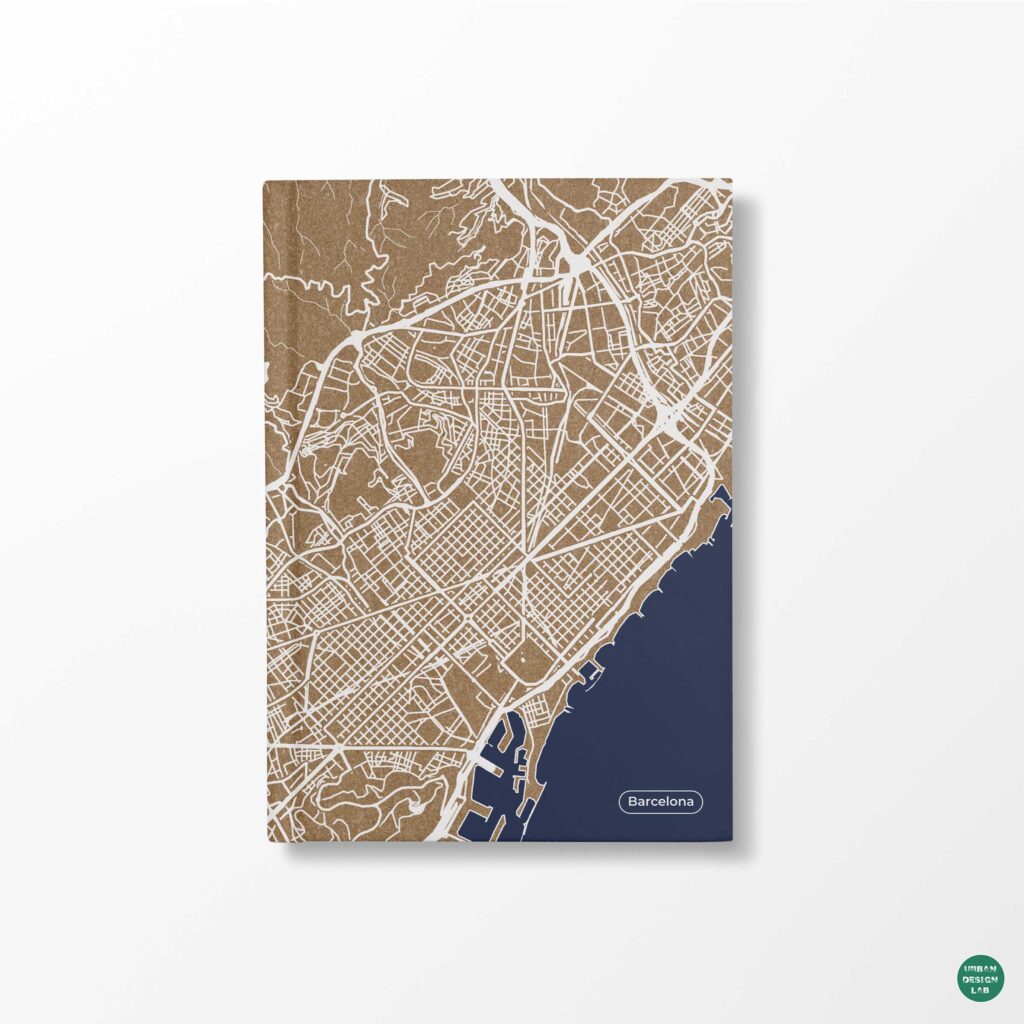
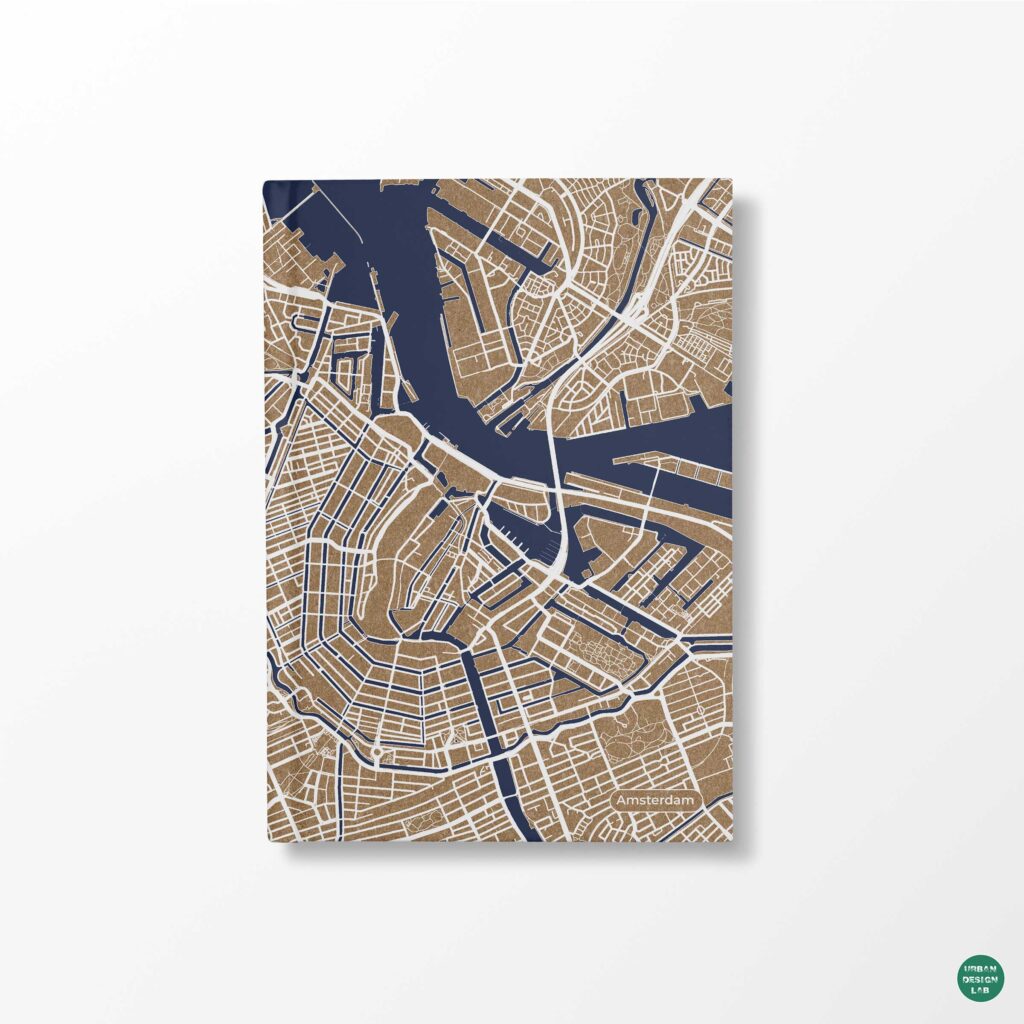

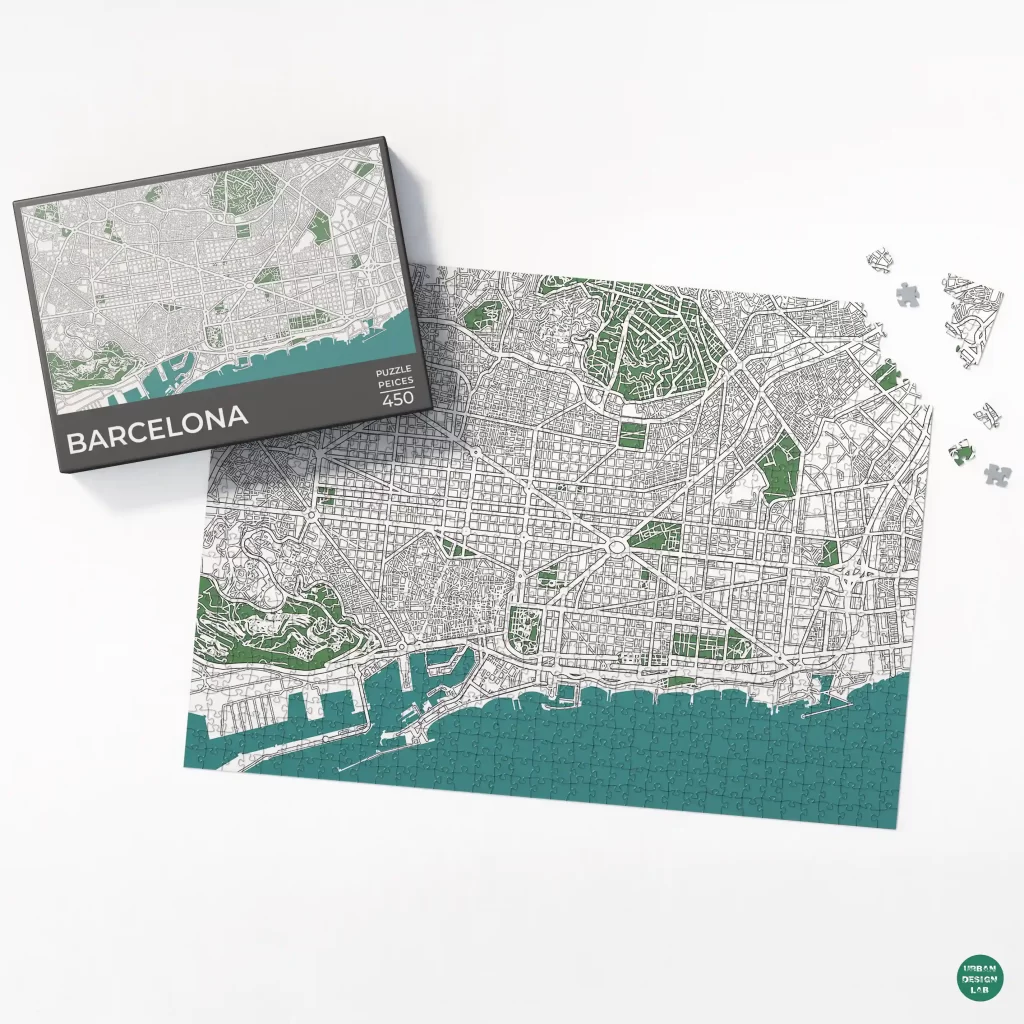
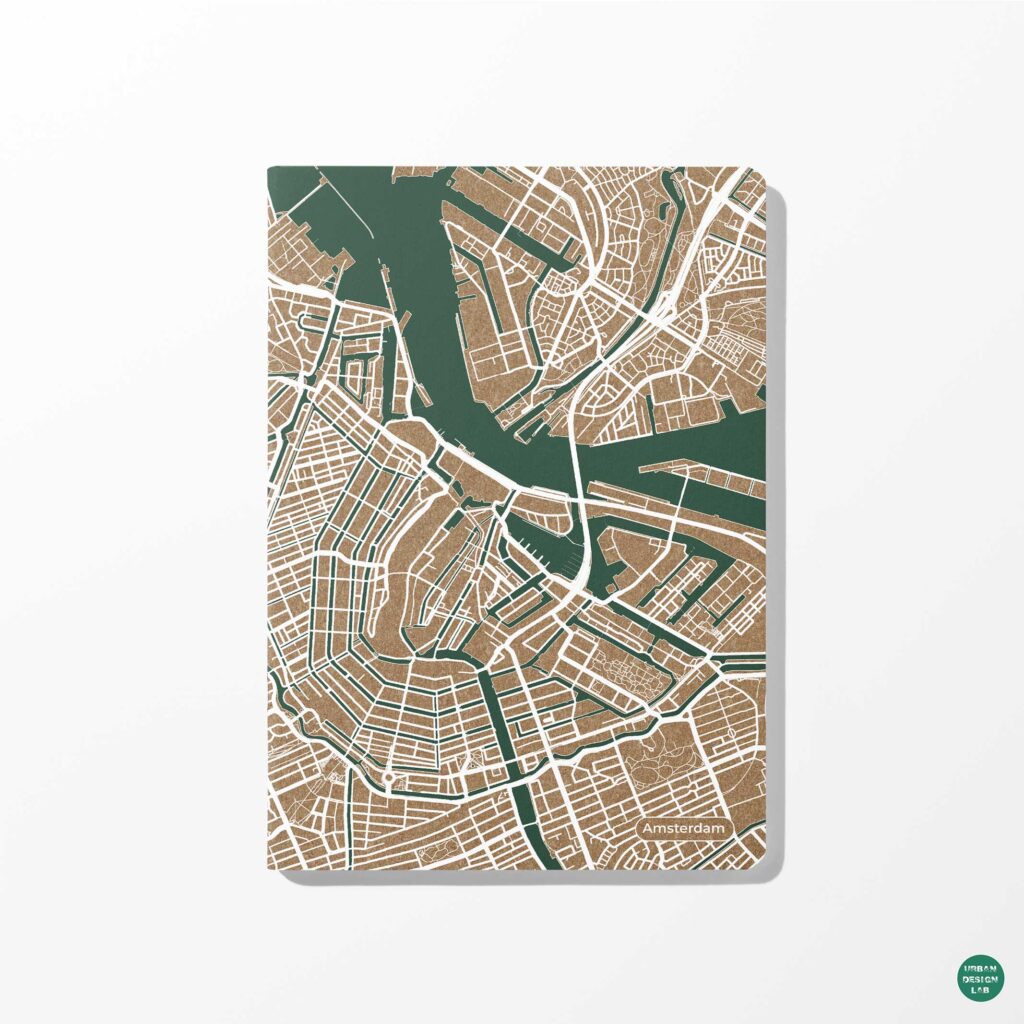
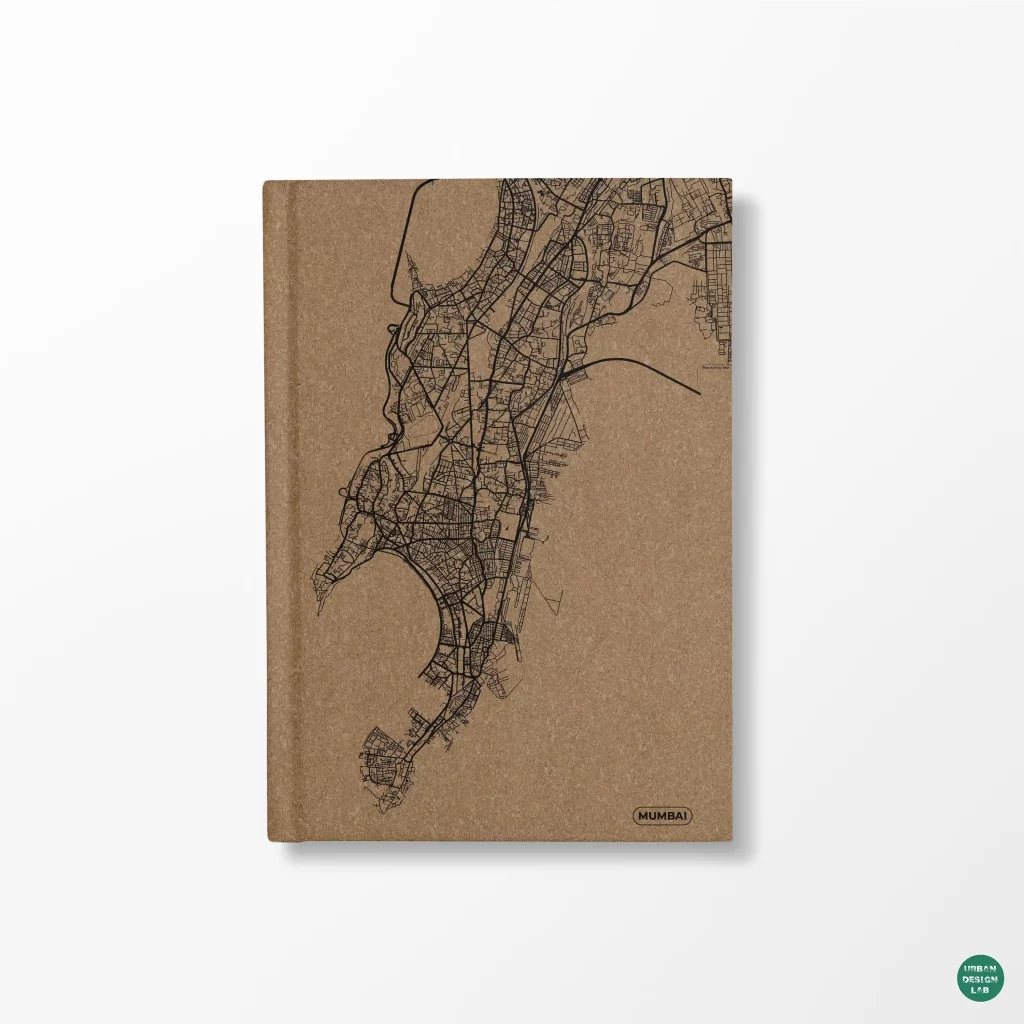
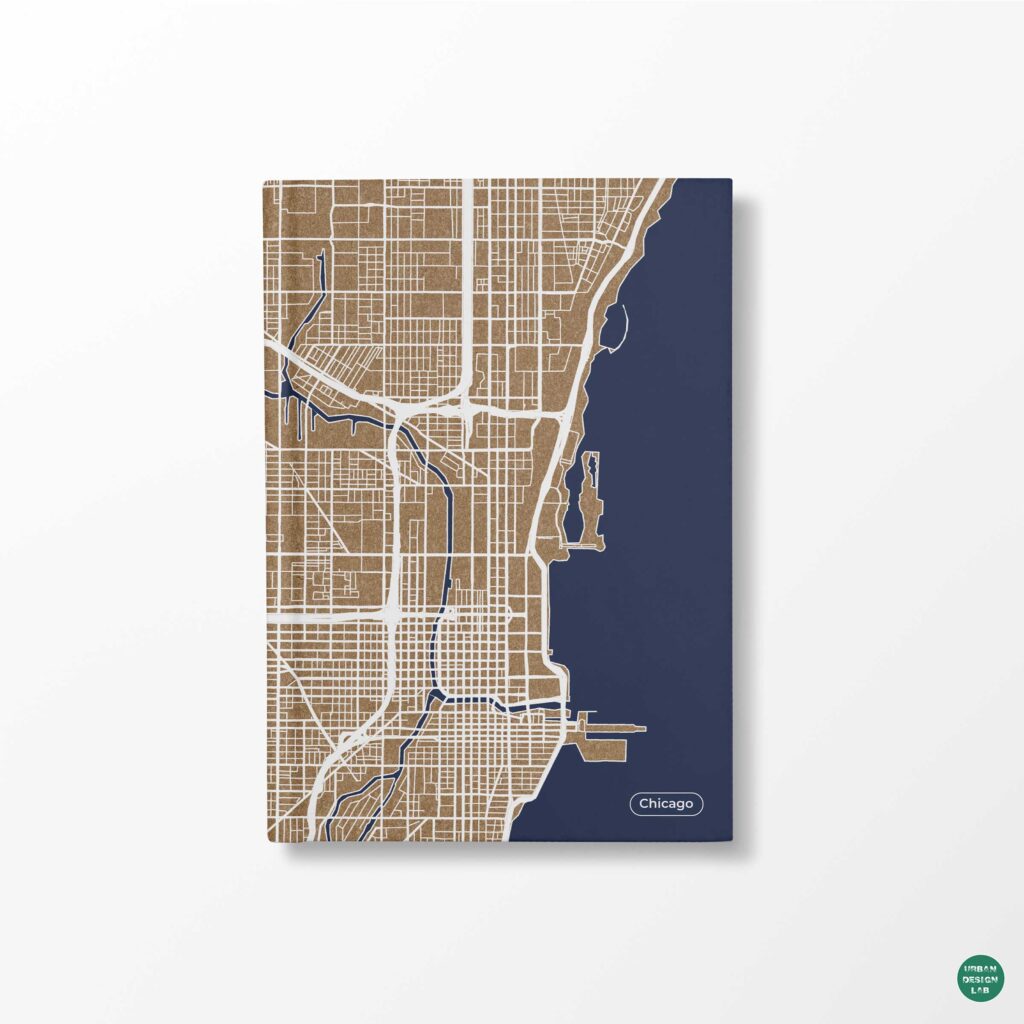
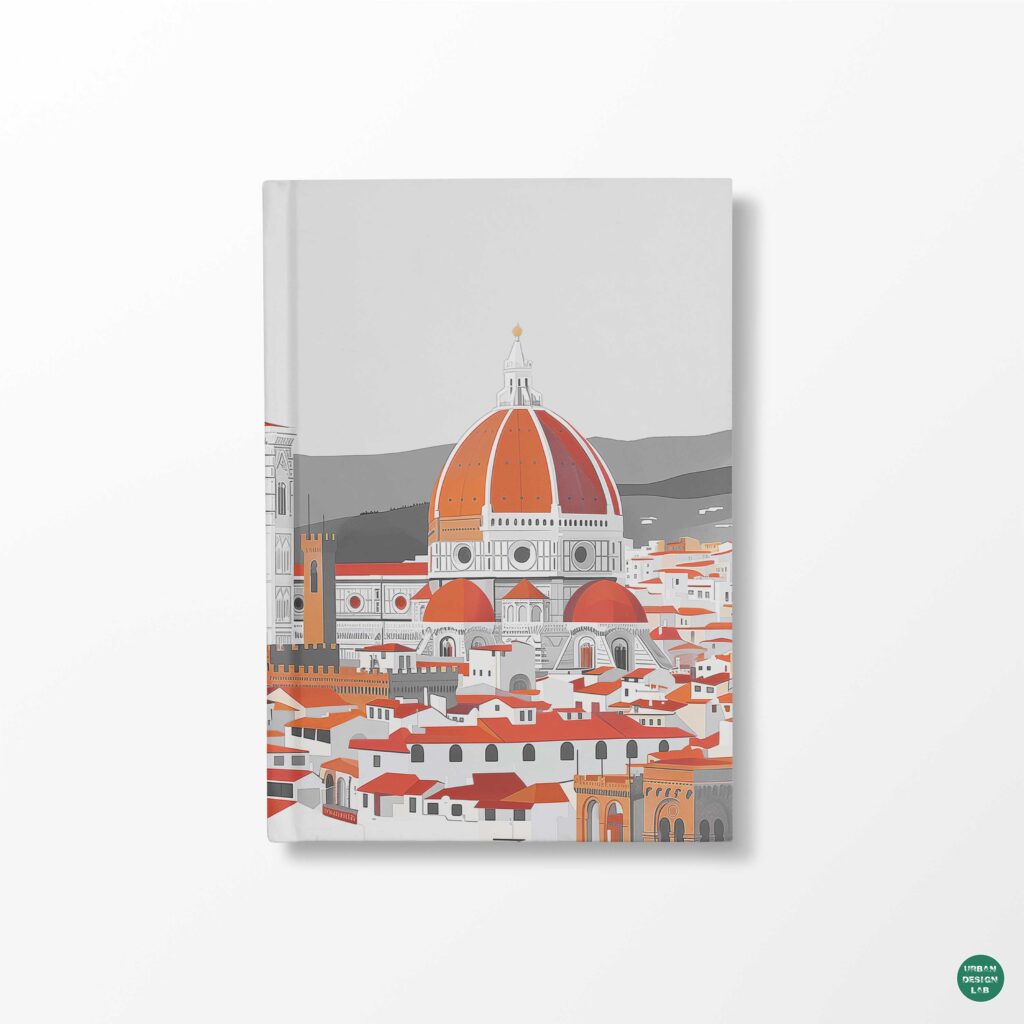


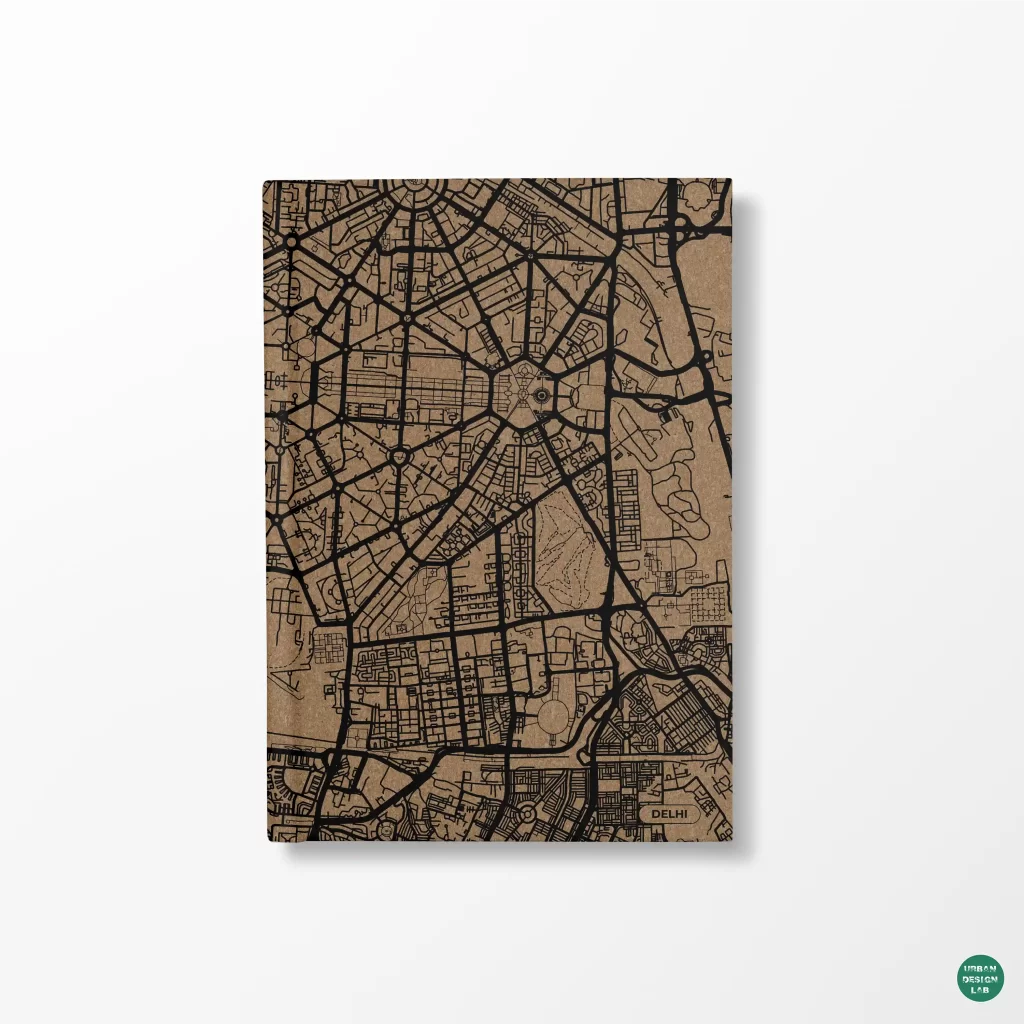
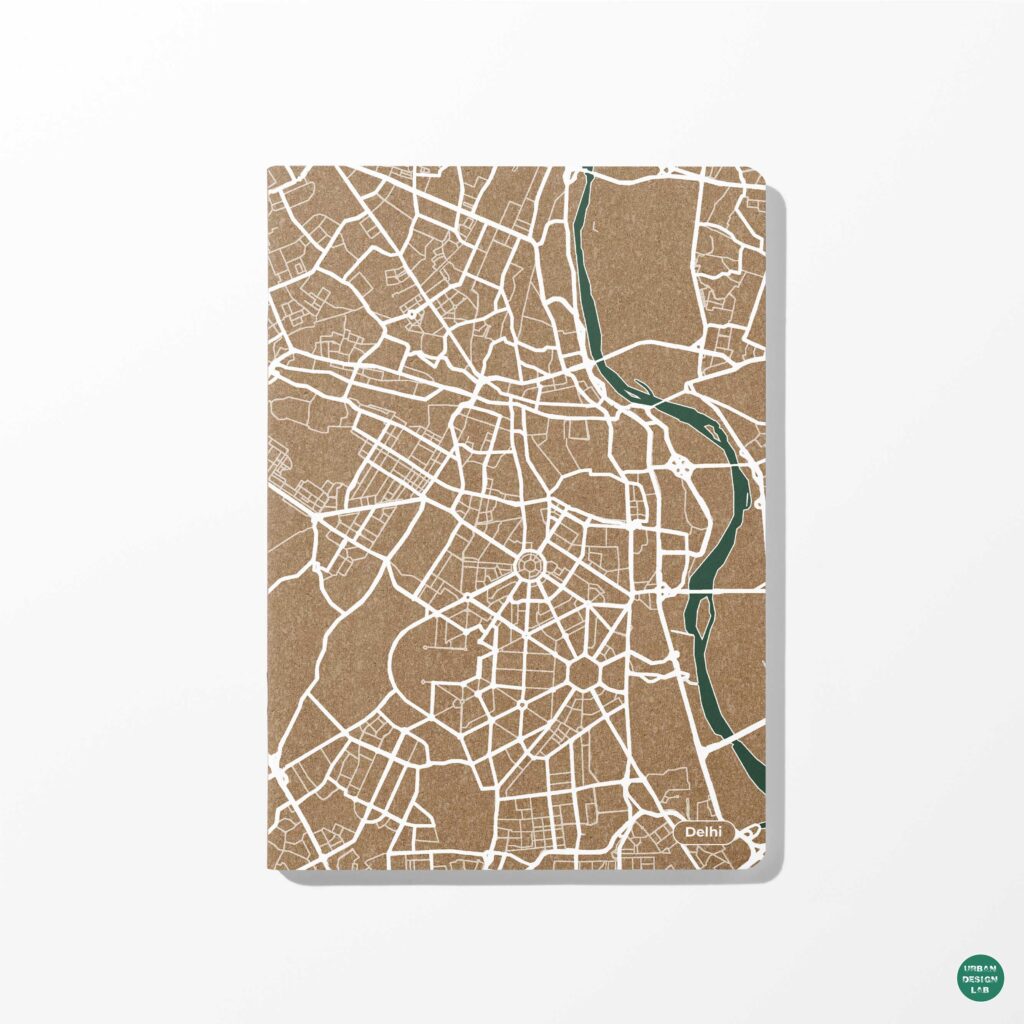
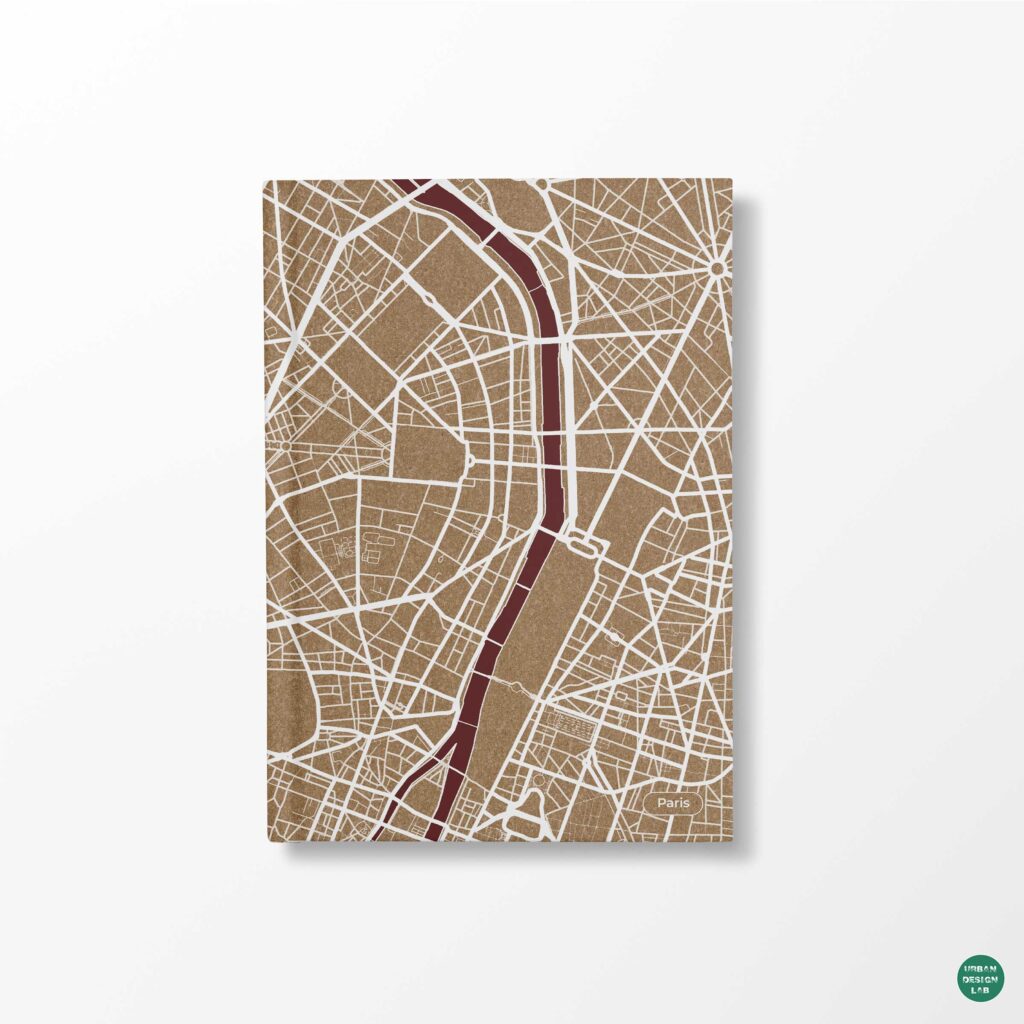
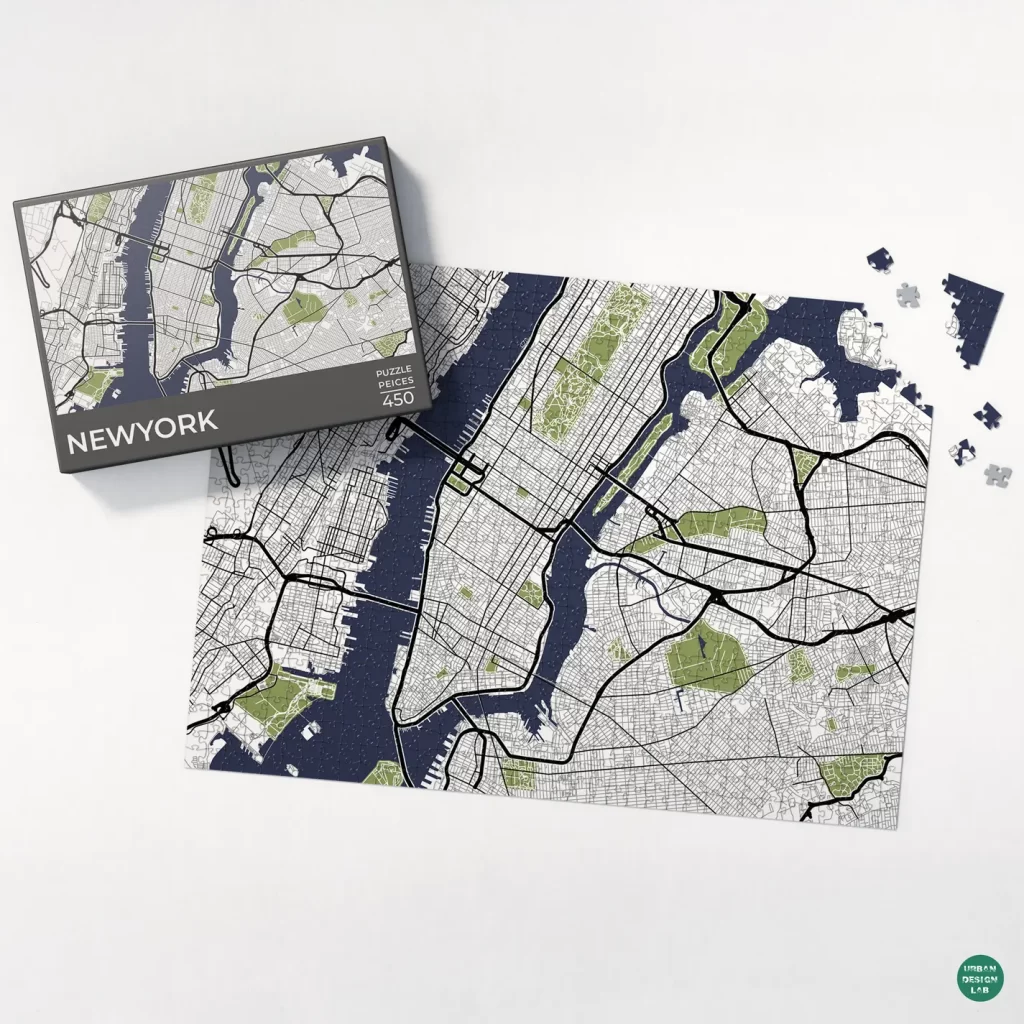
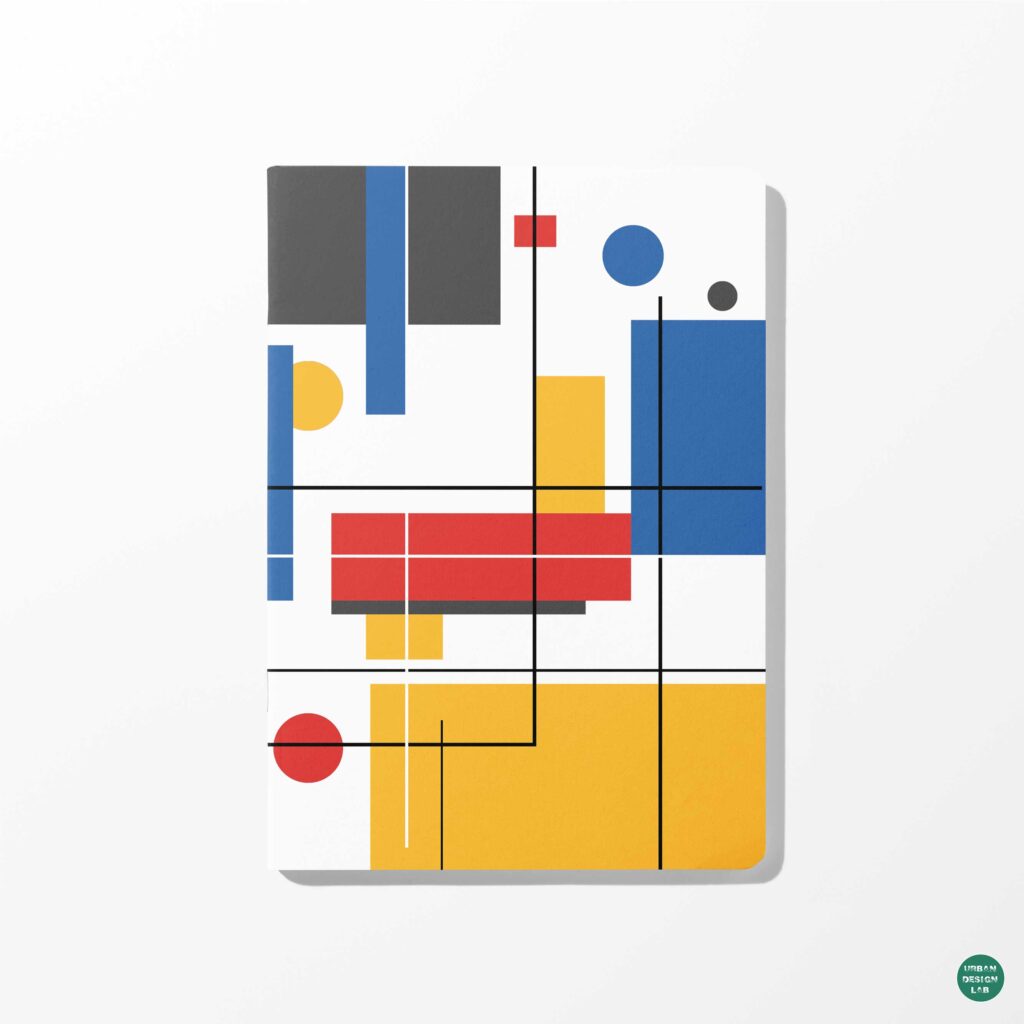

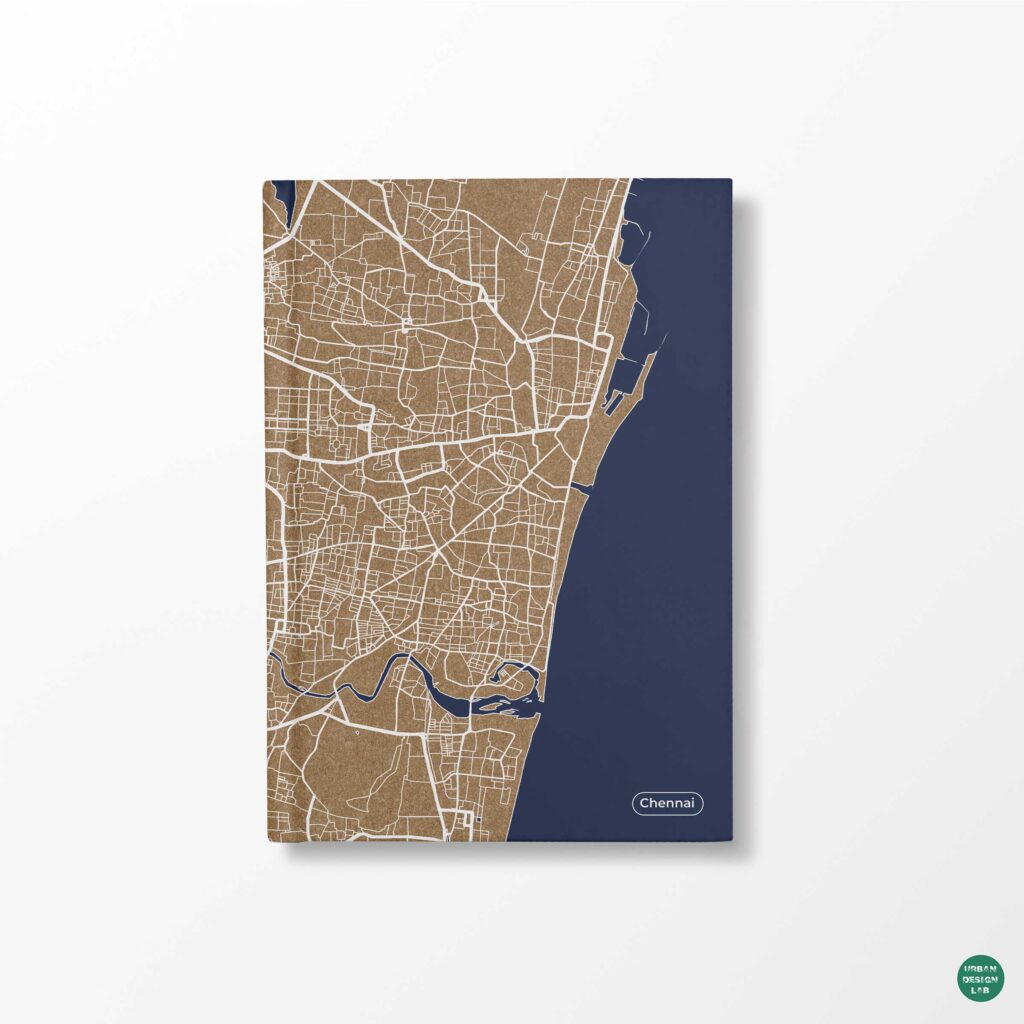
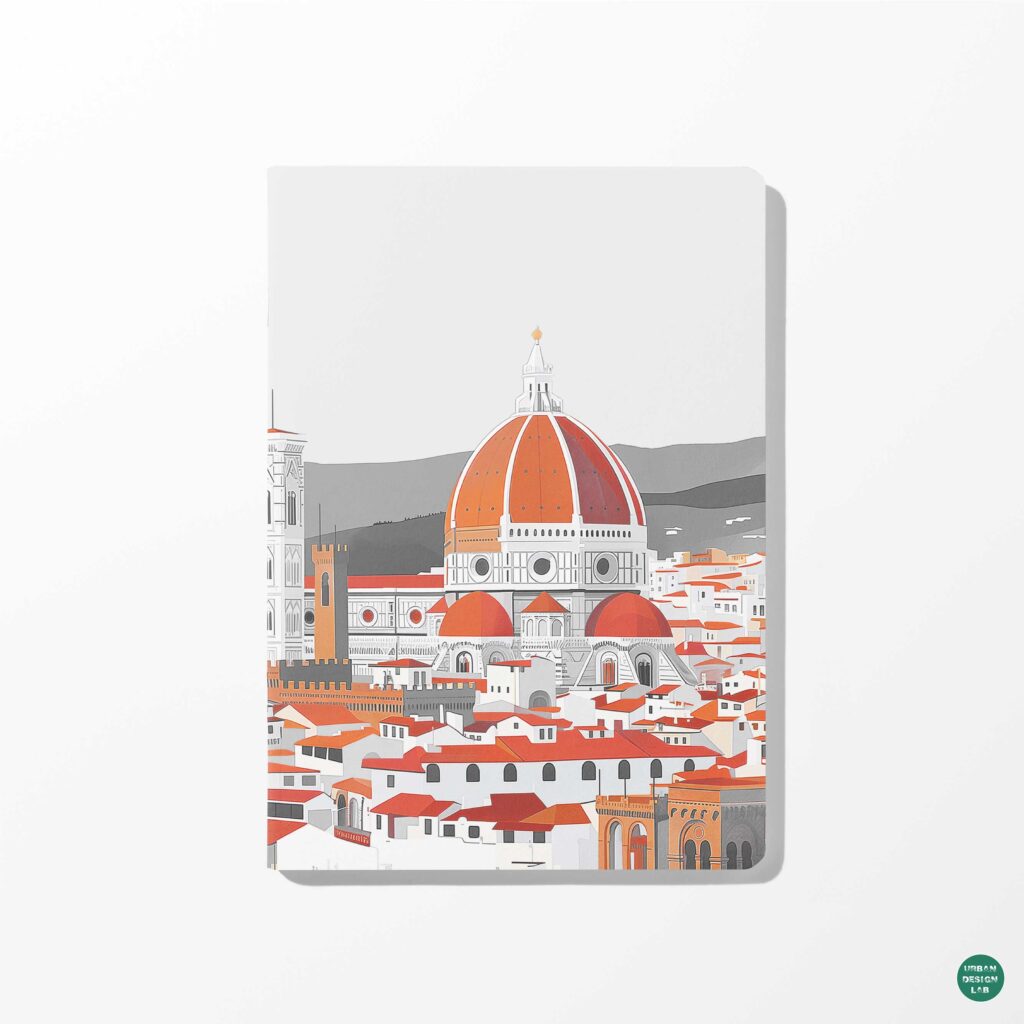
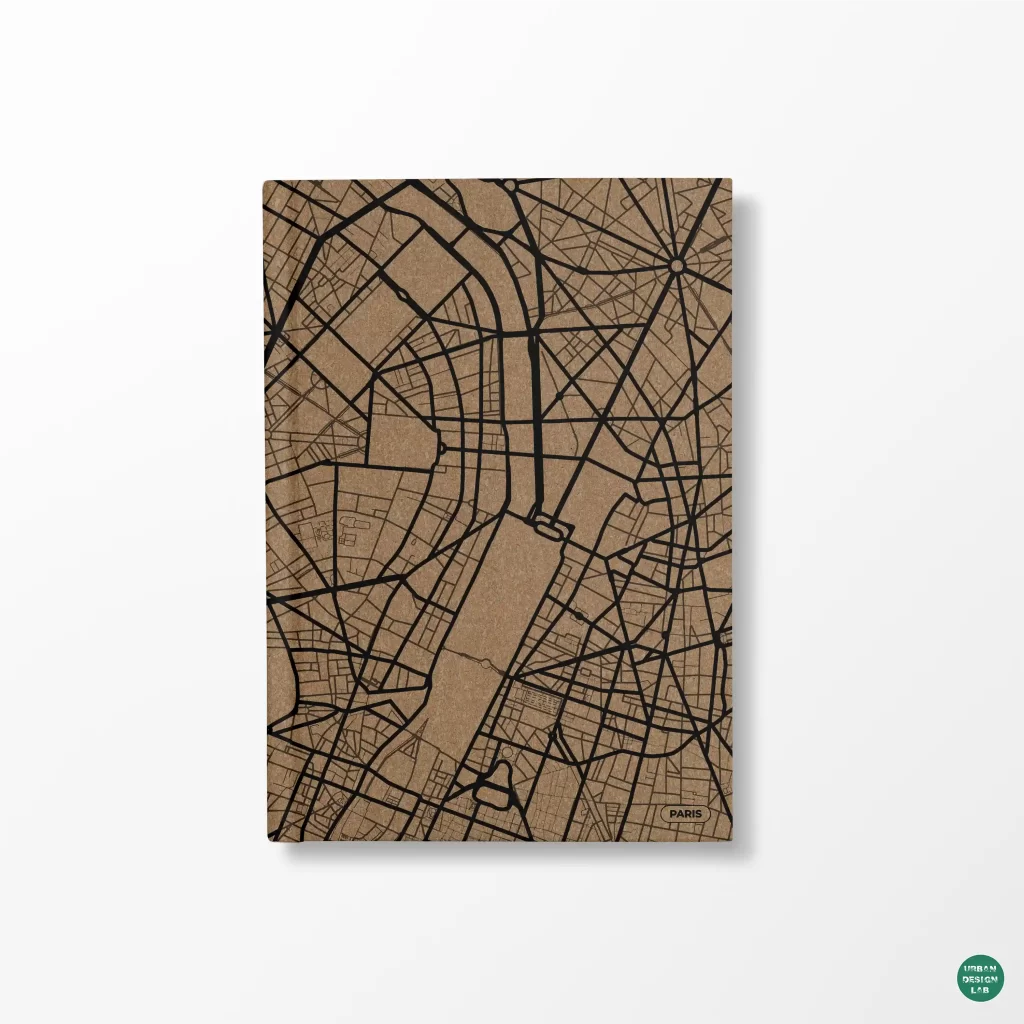




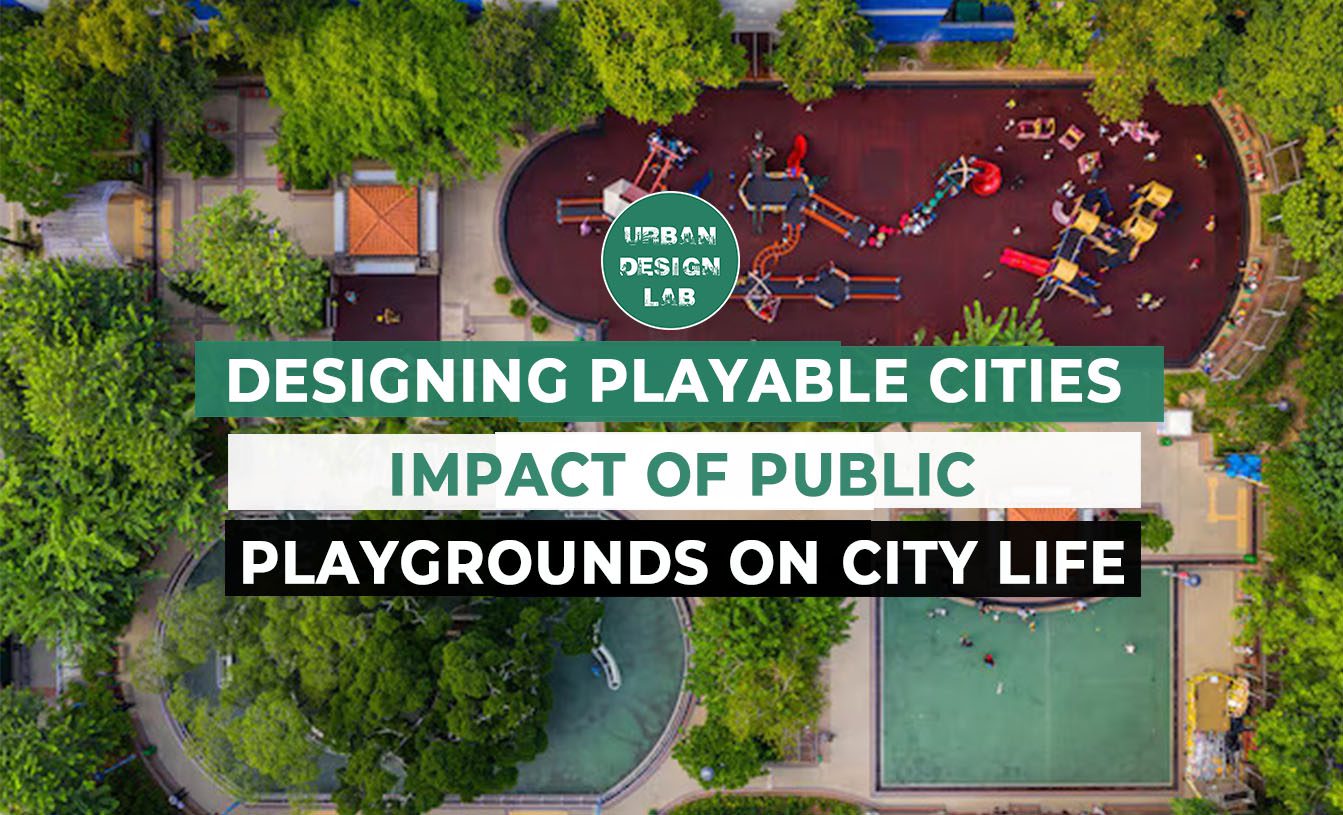
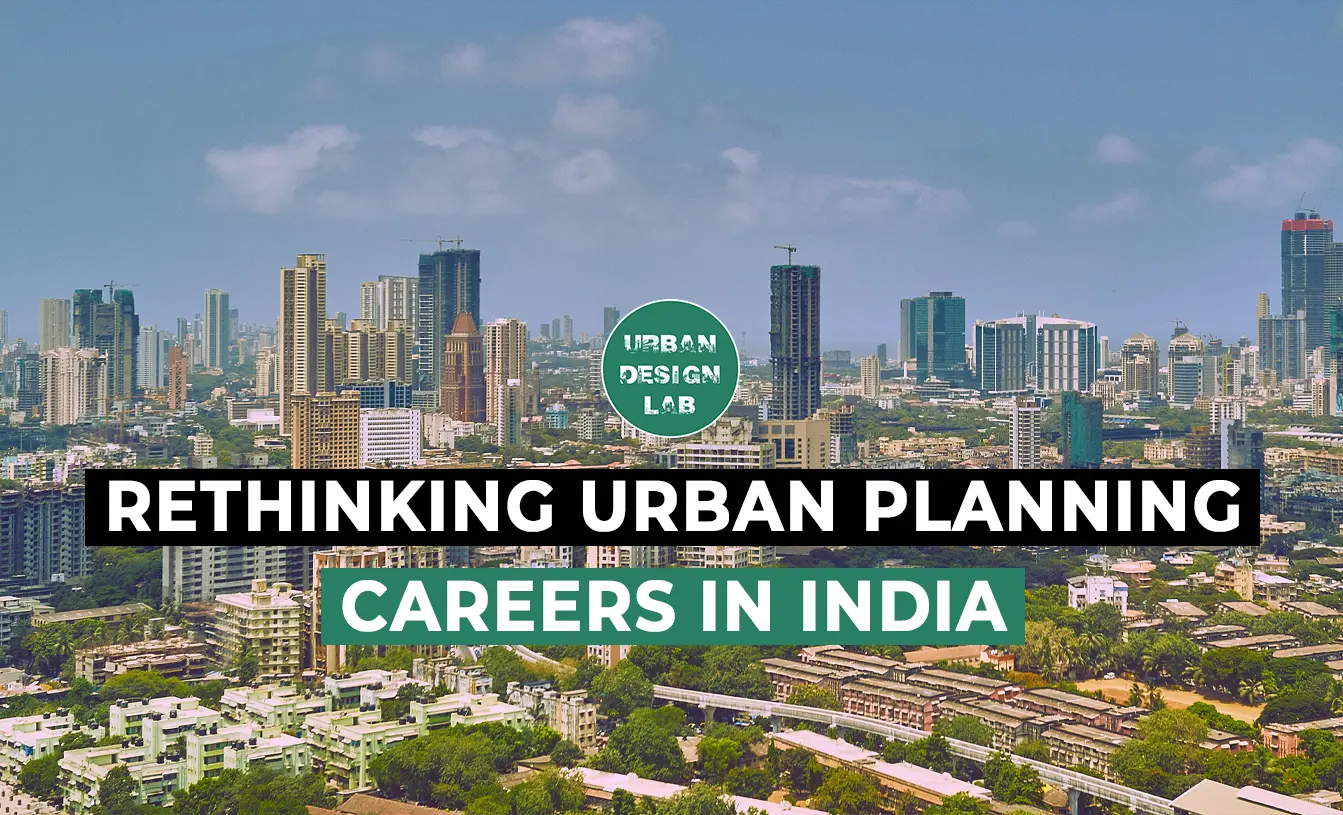
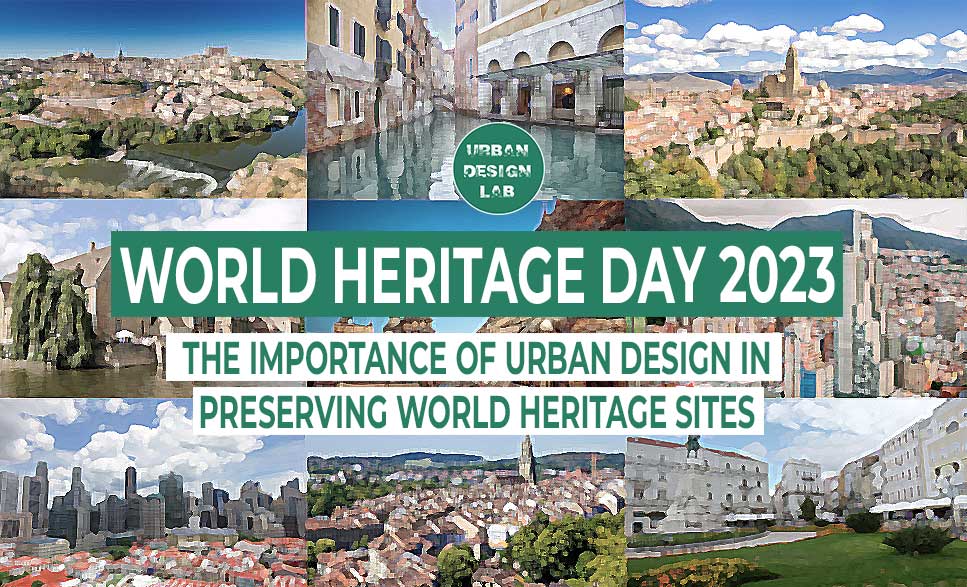
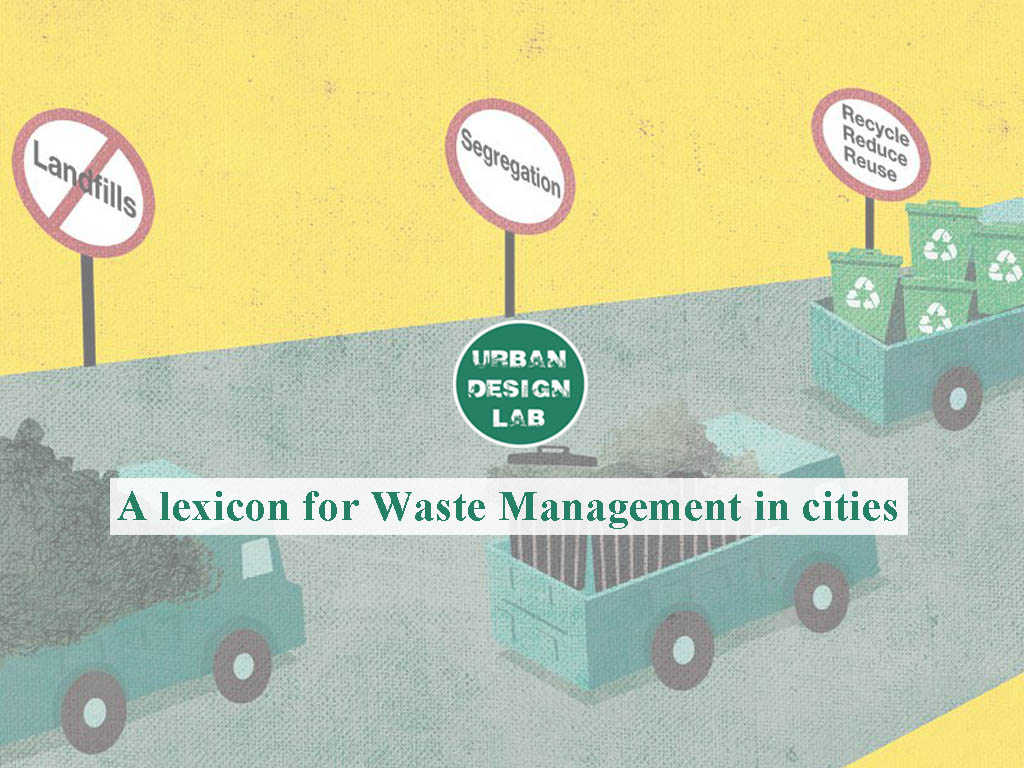
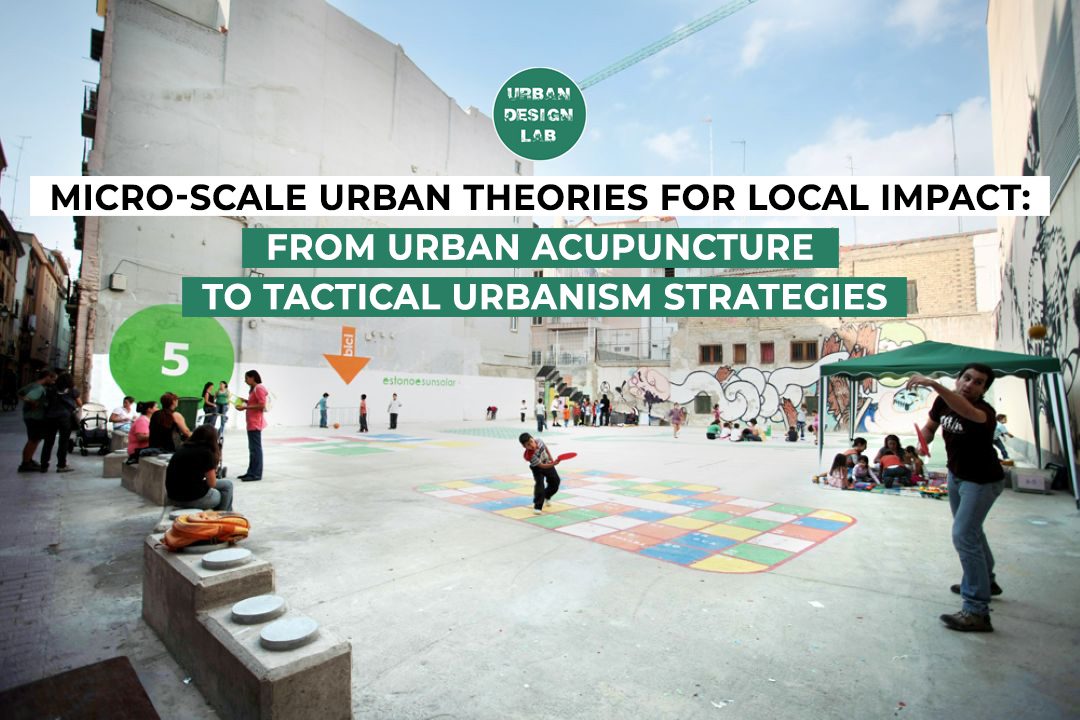
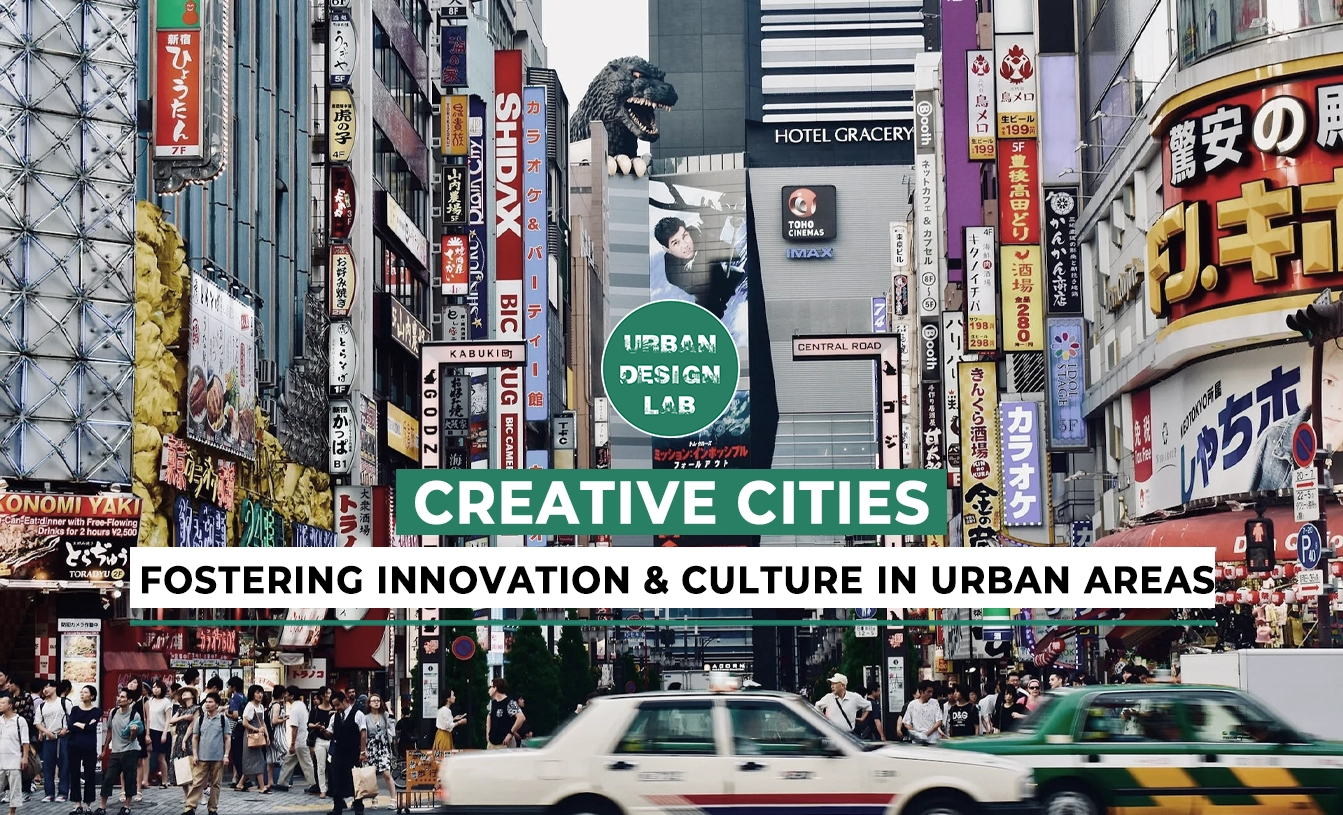
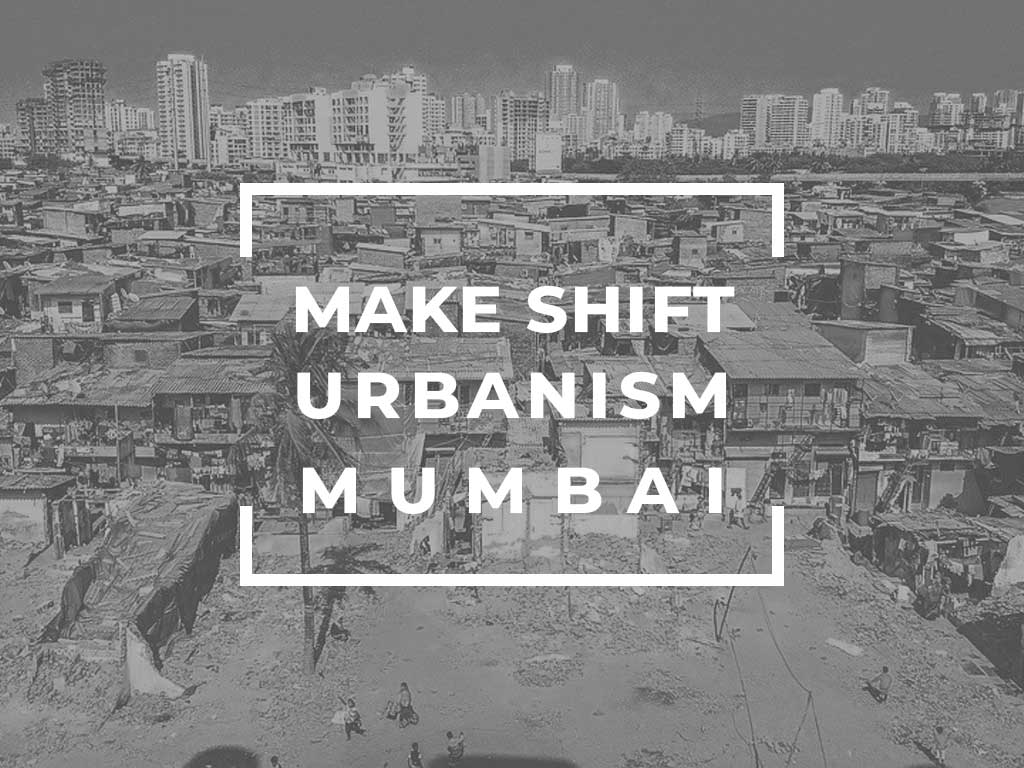
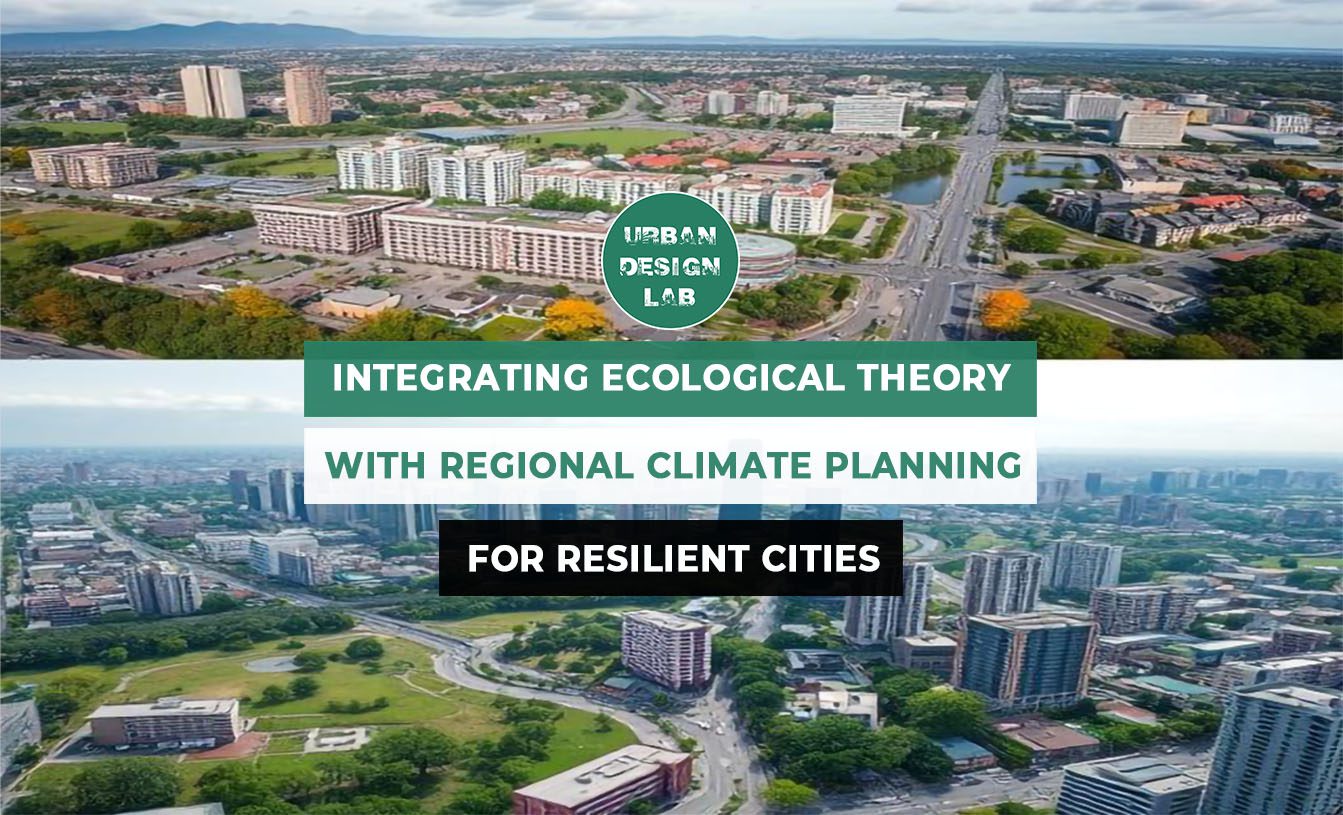
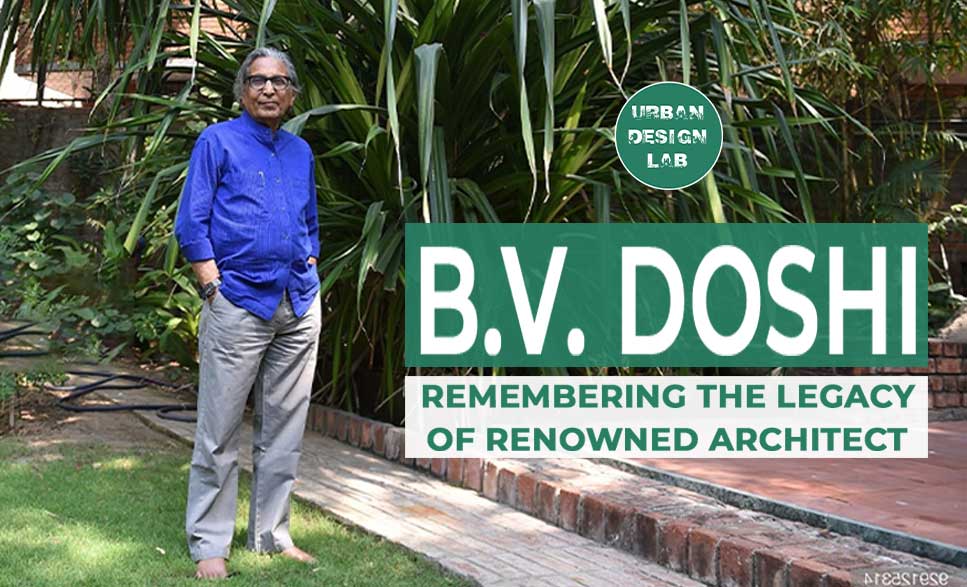
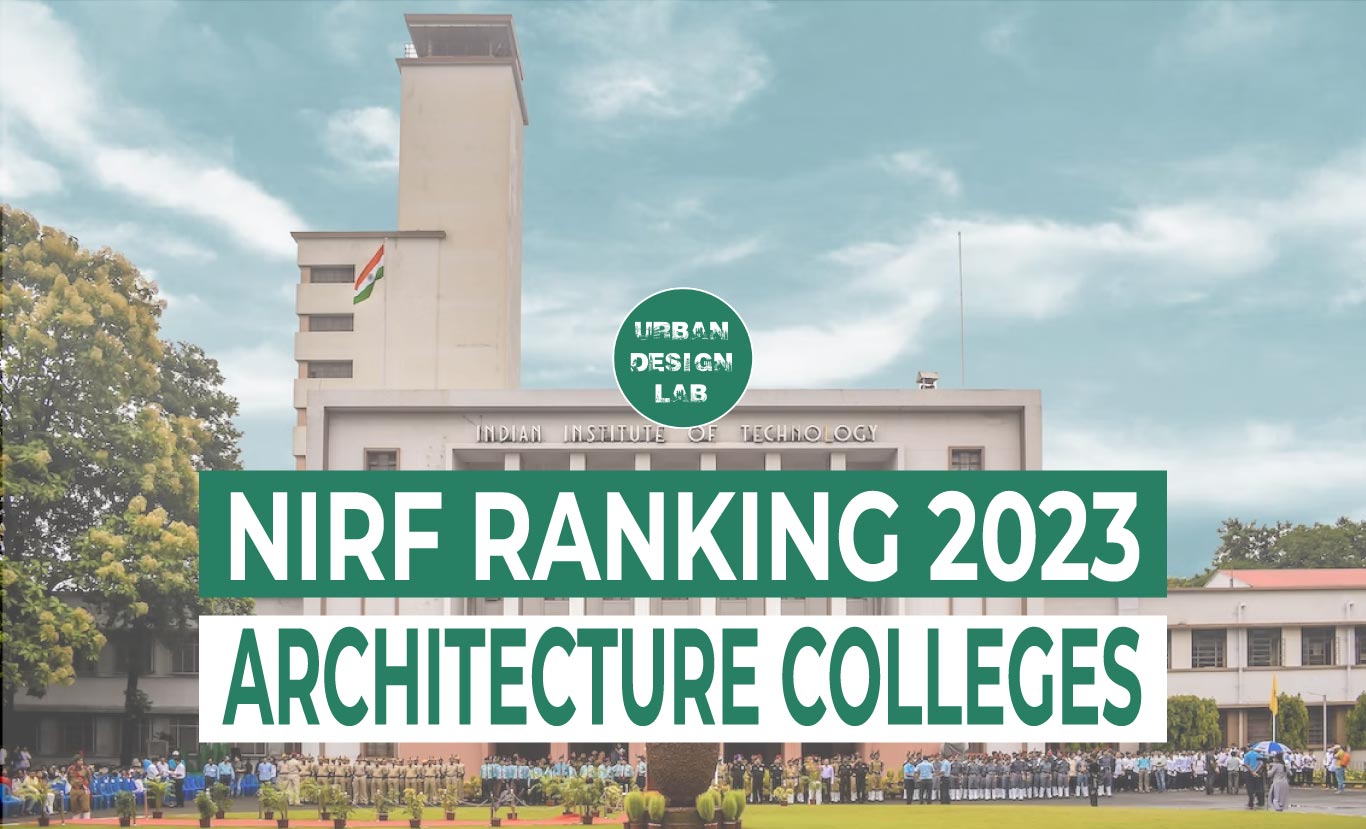
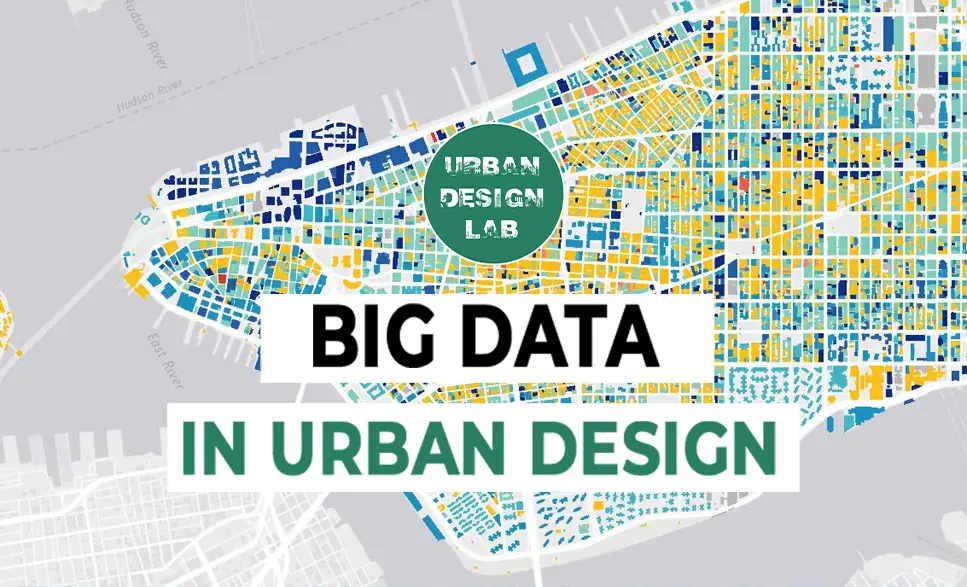


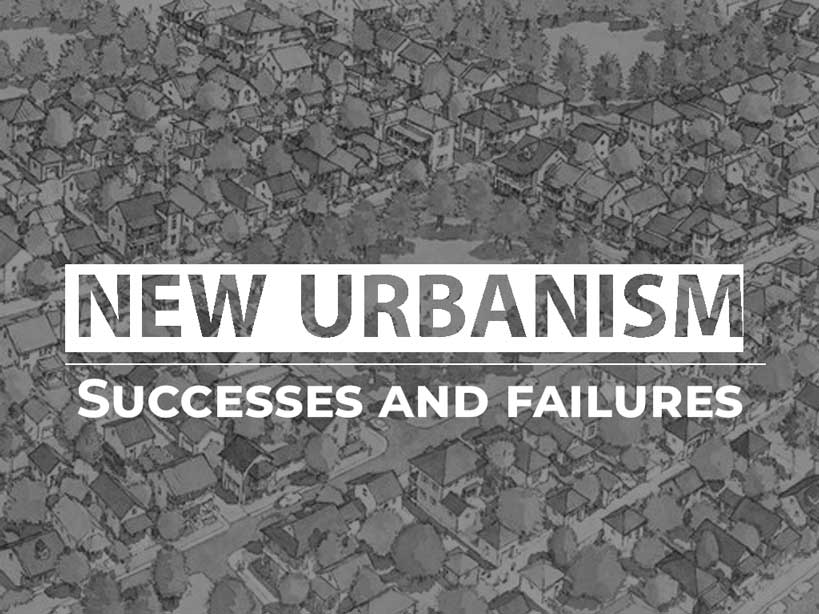
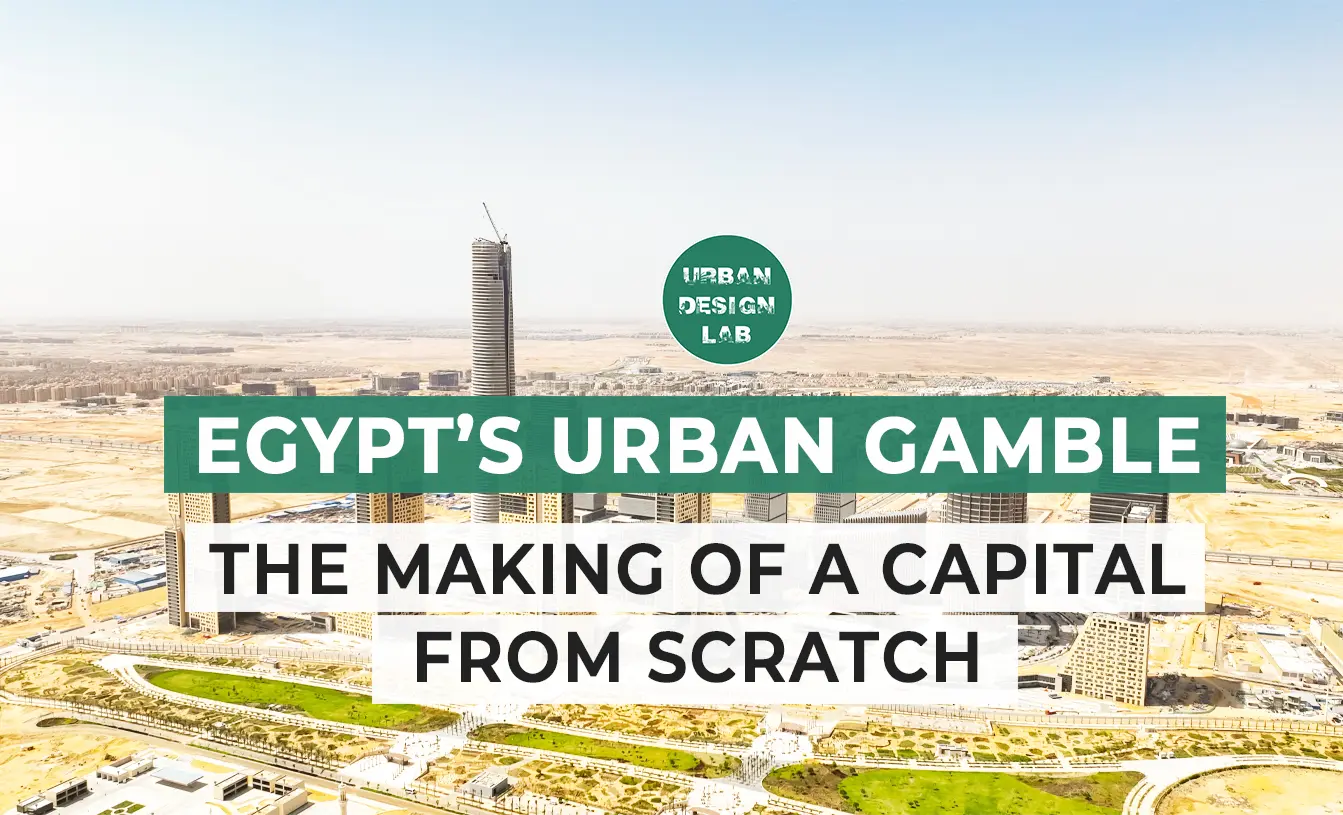
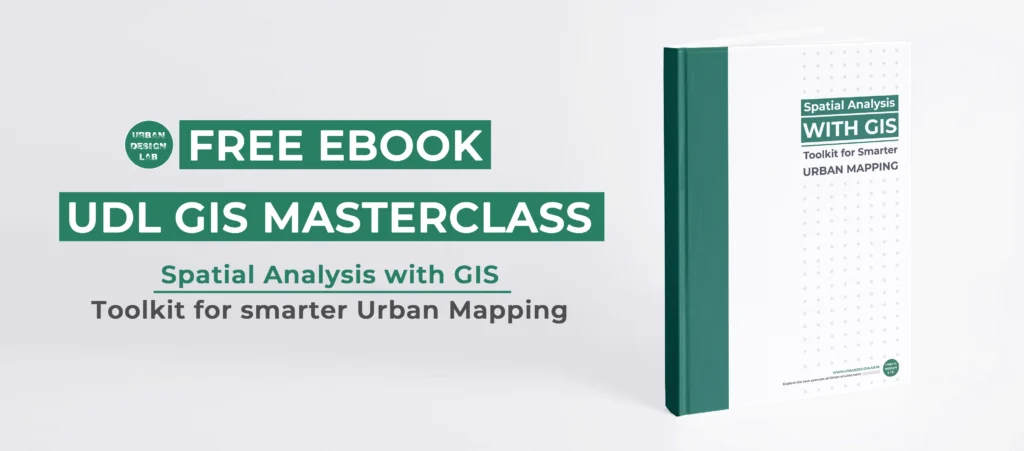

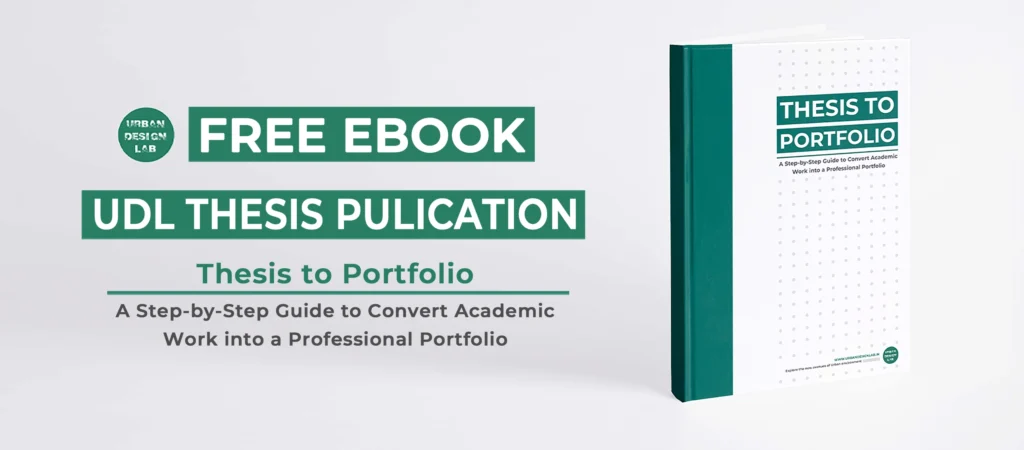
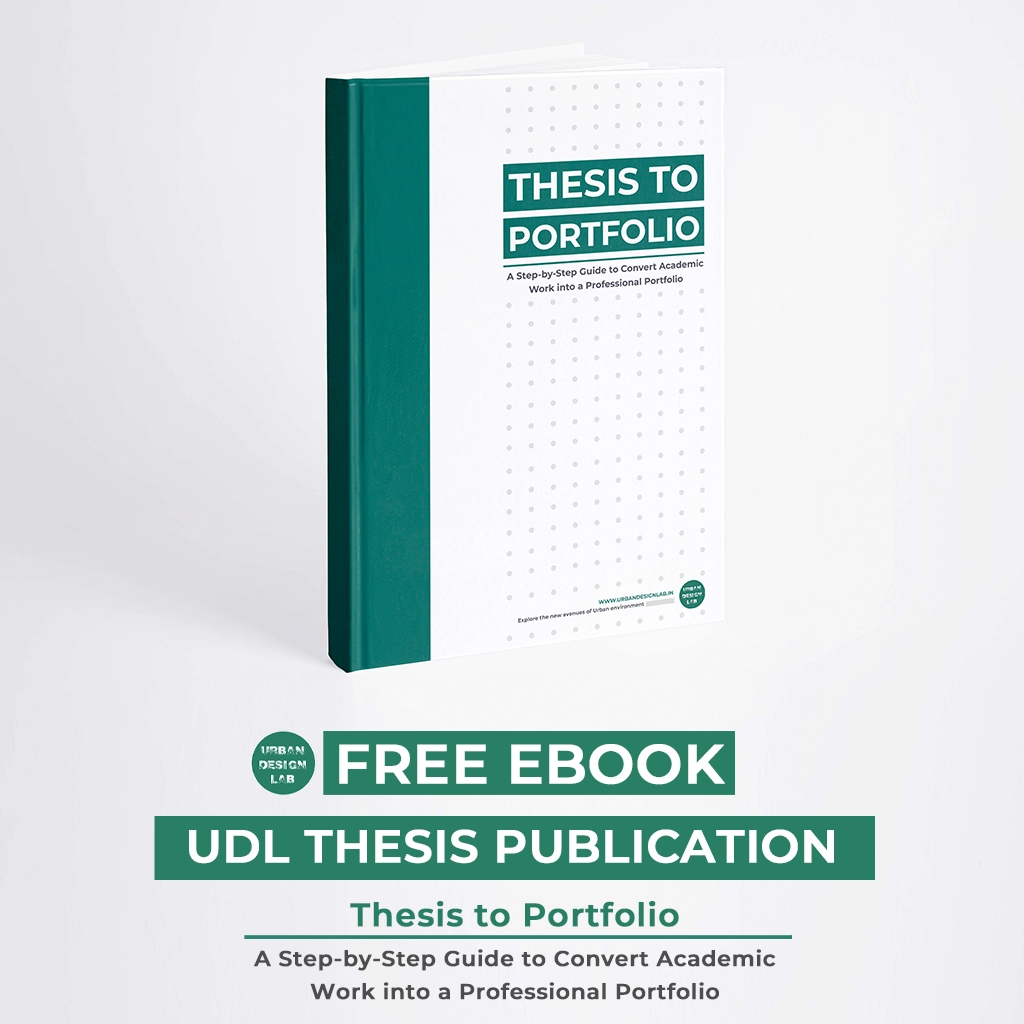
One Comment
Artikel menarik